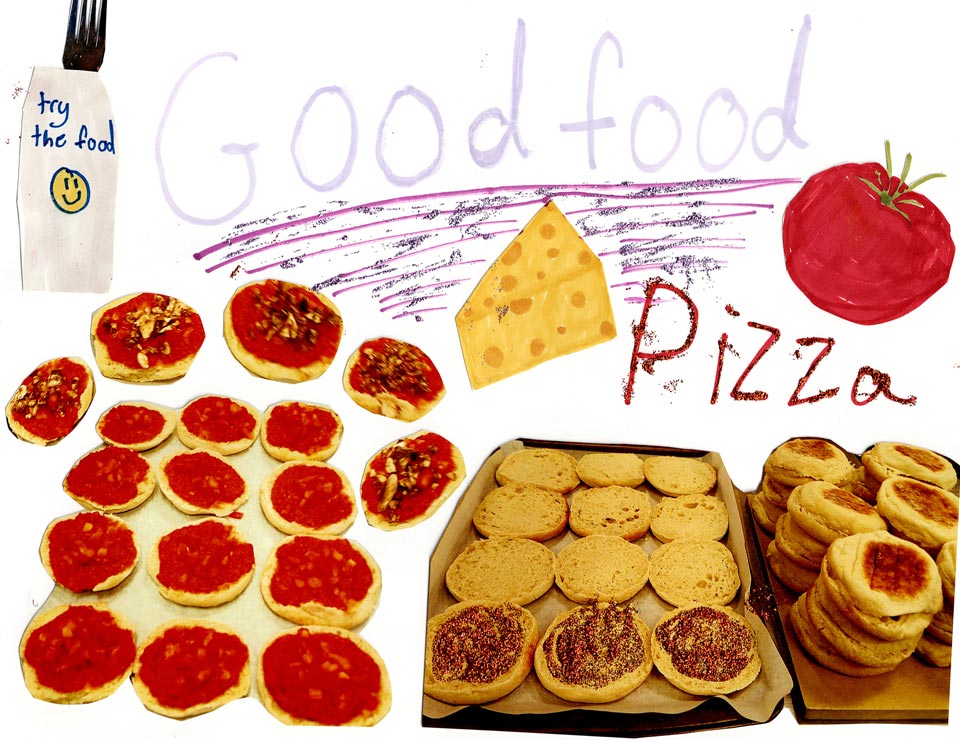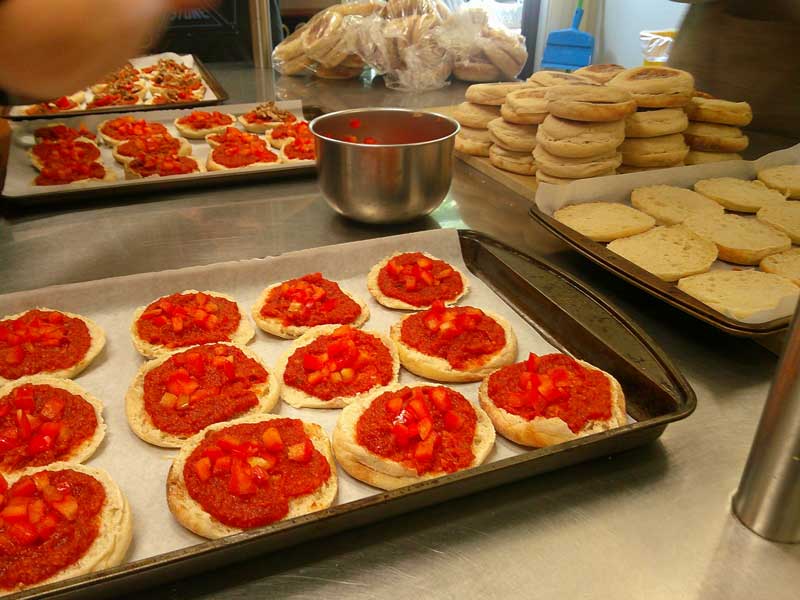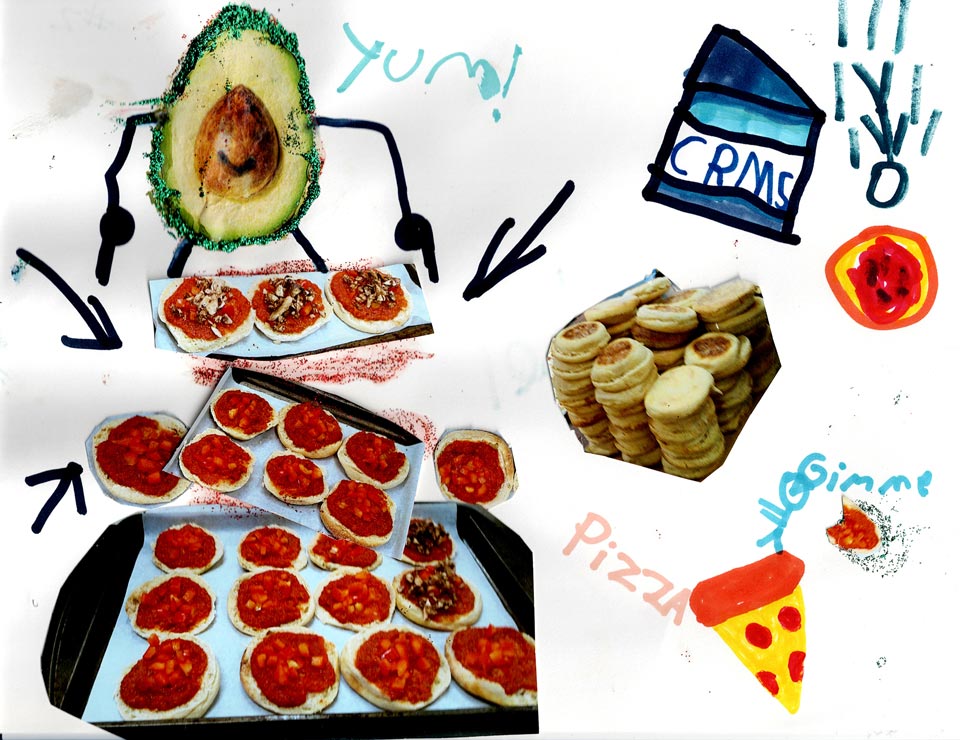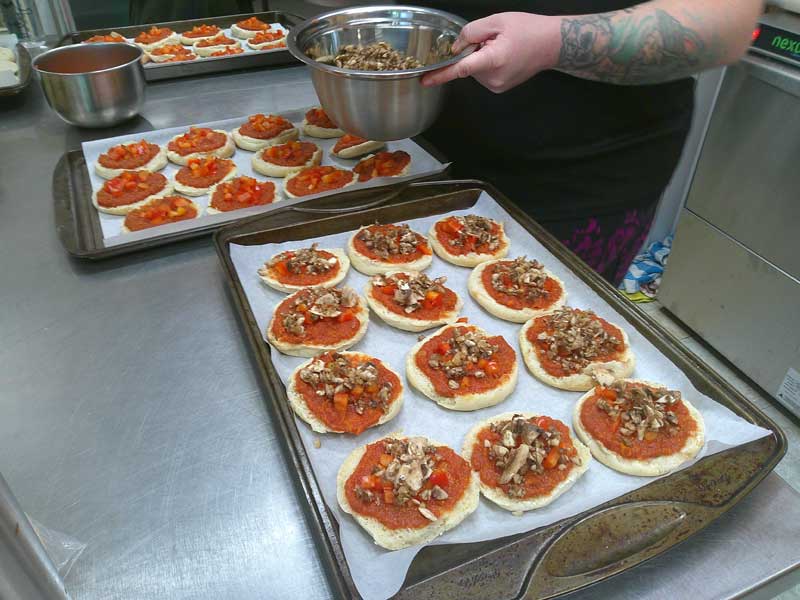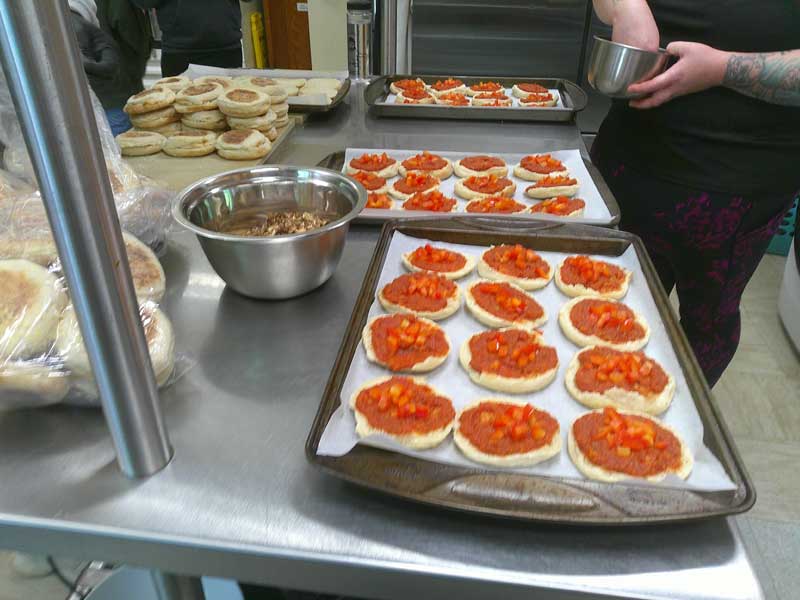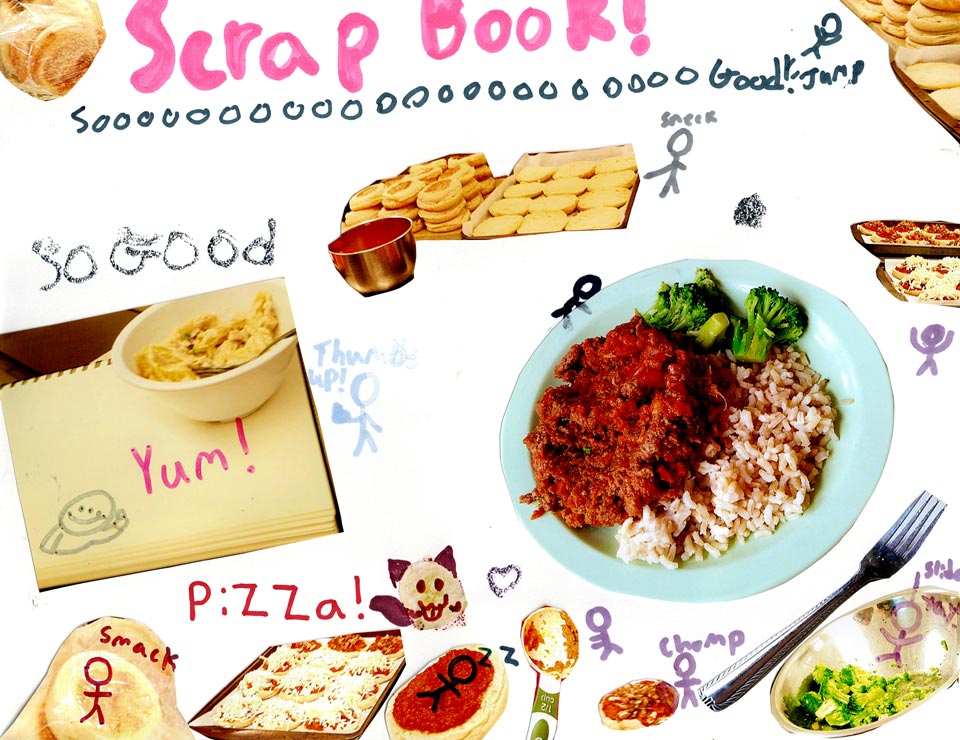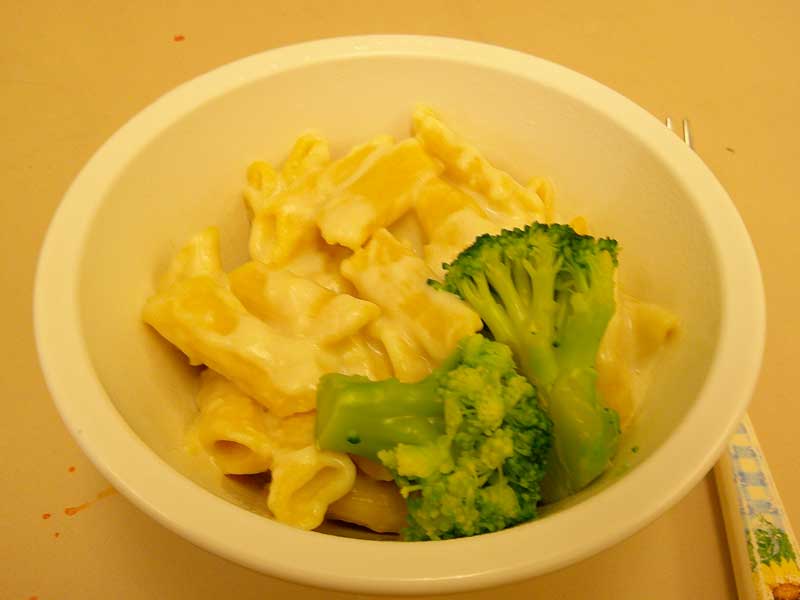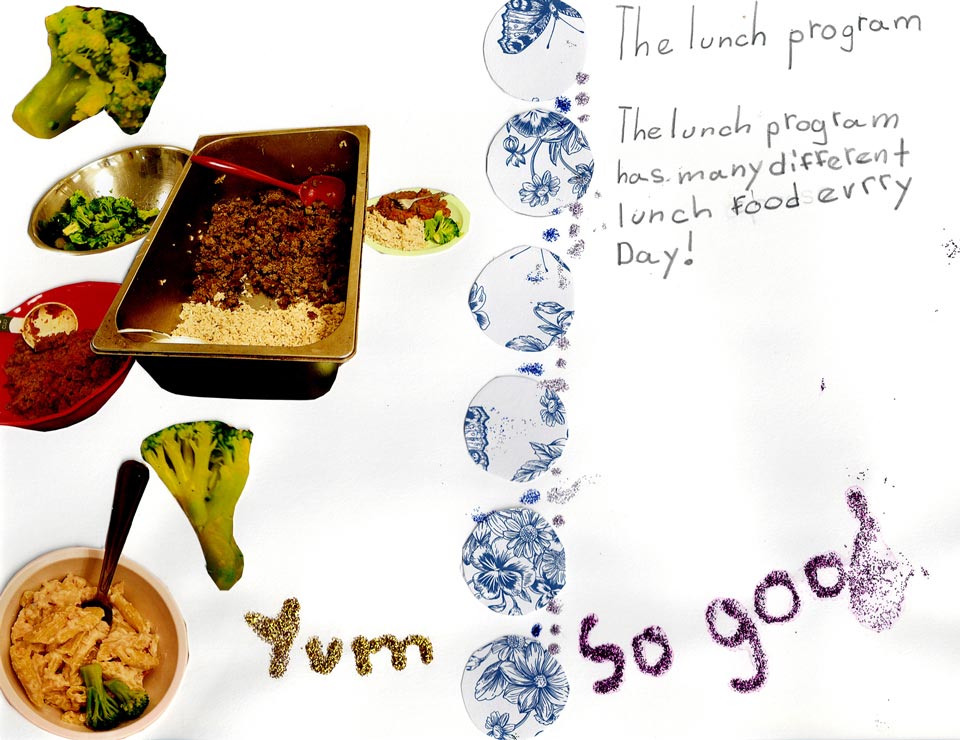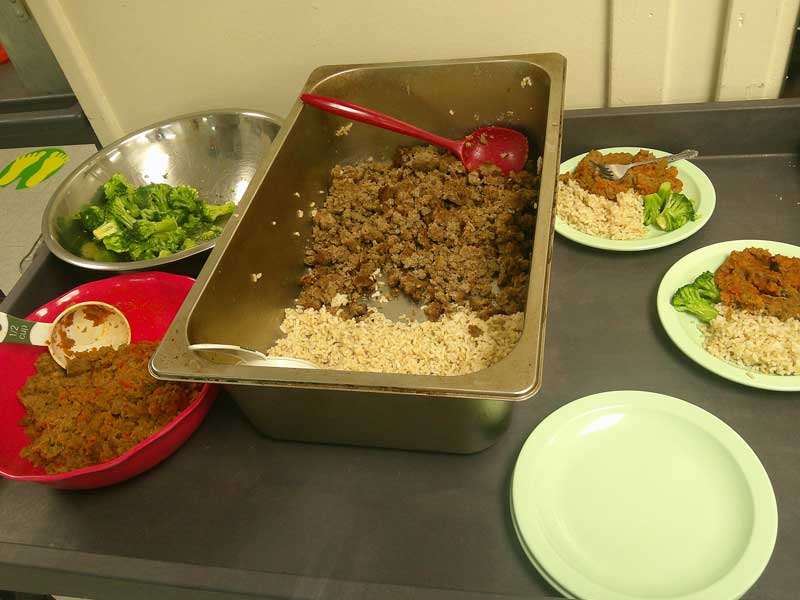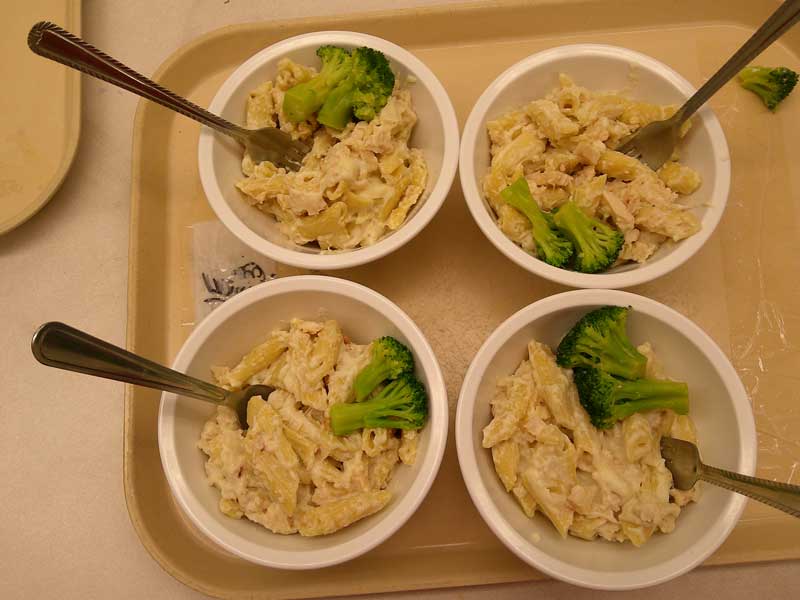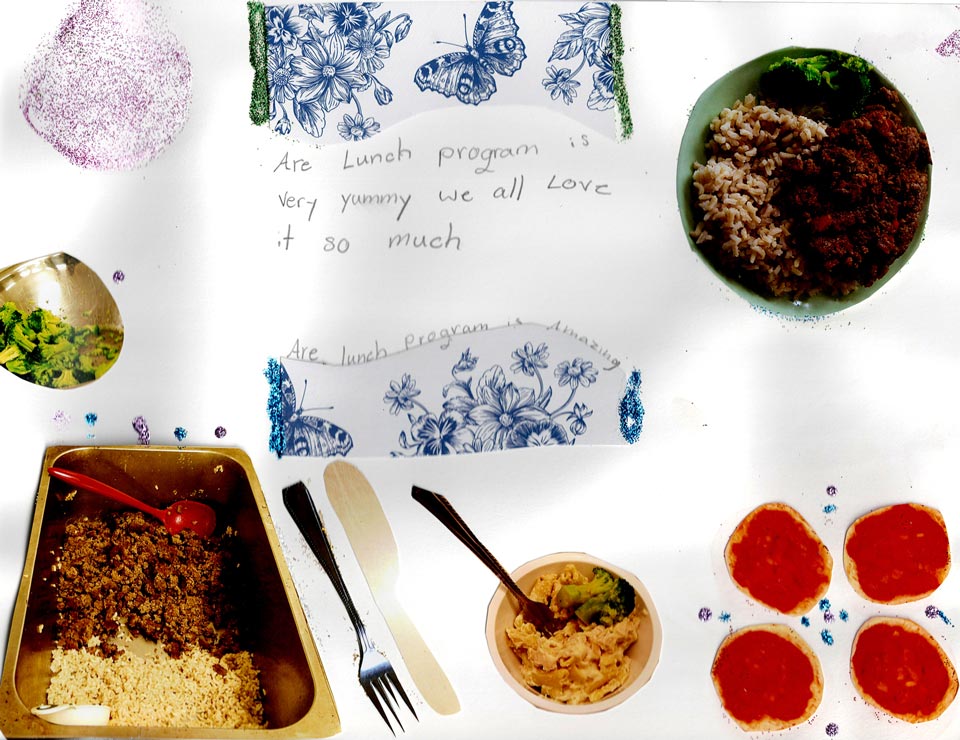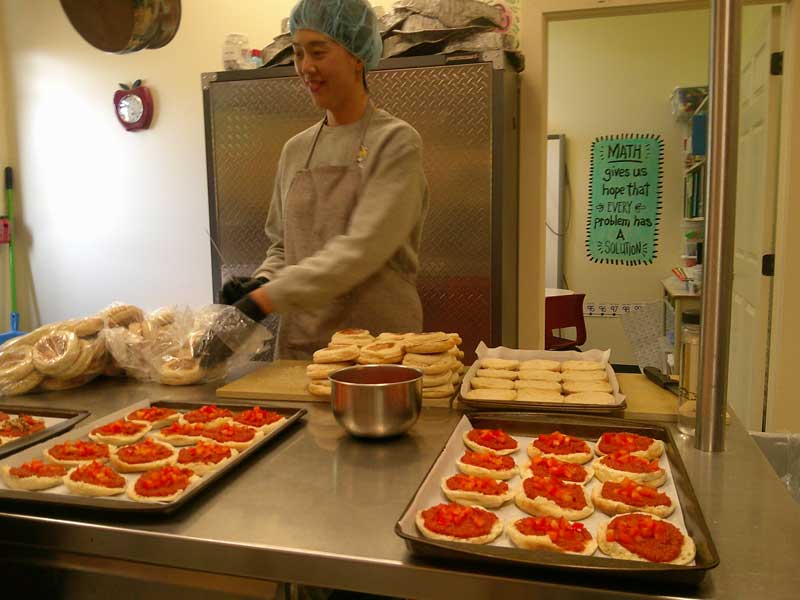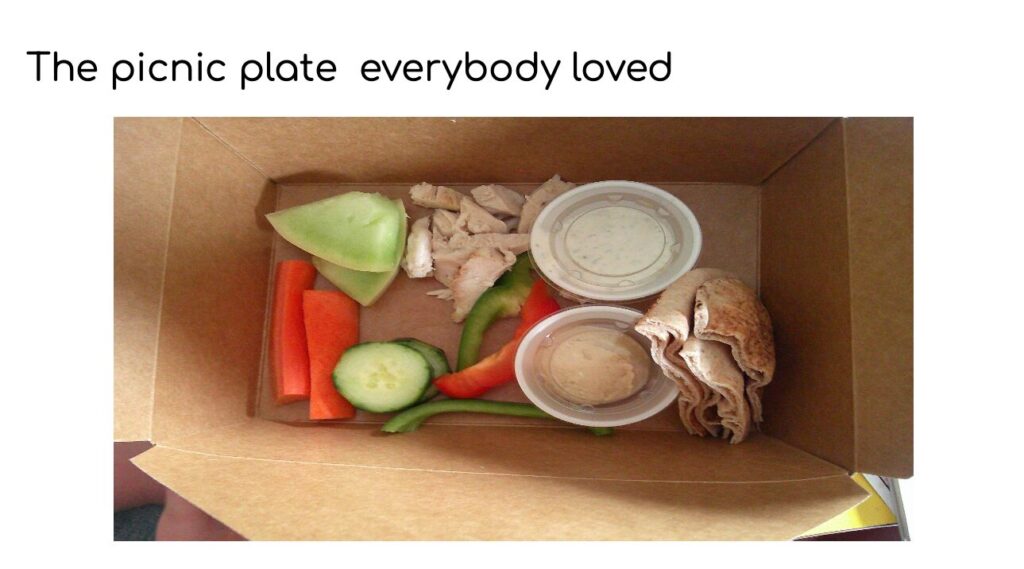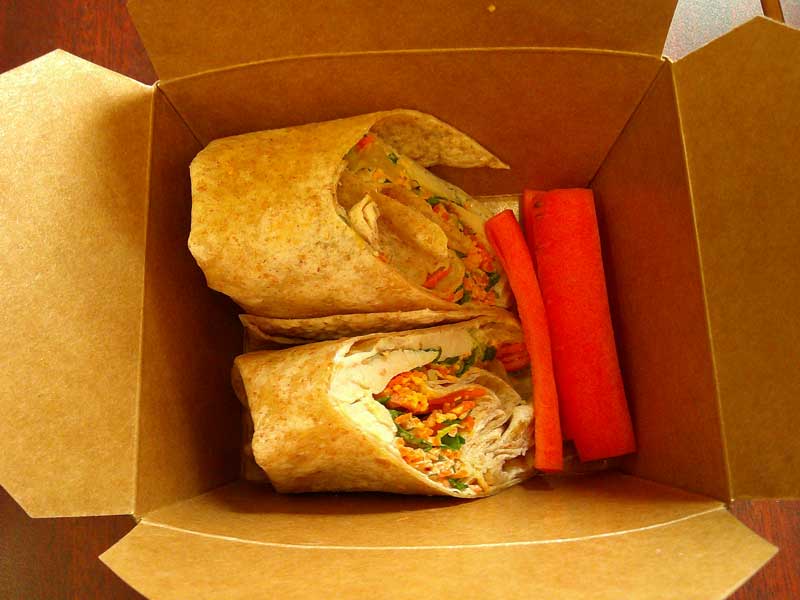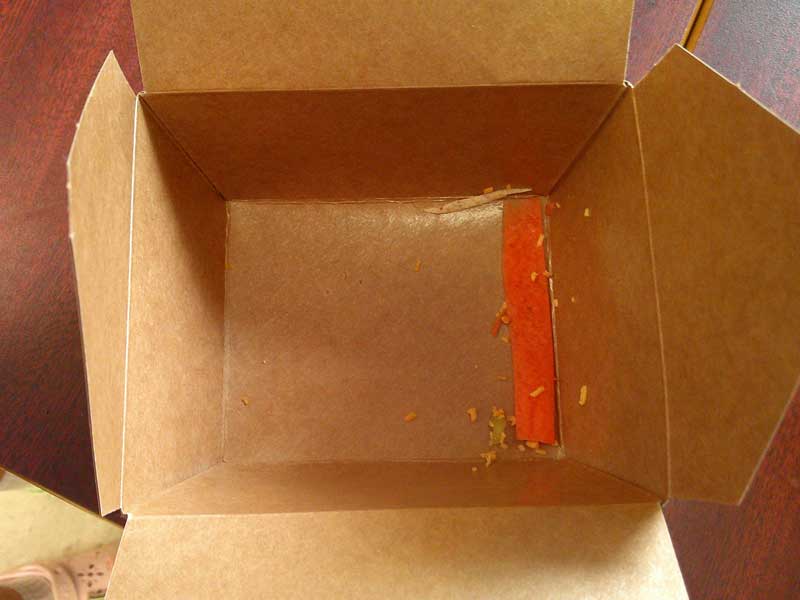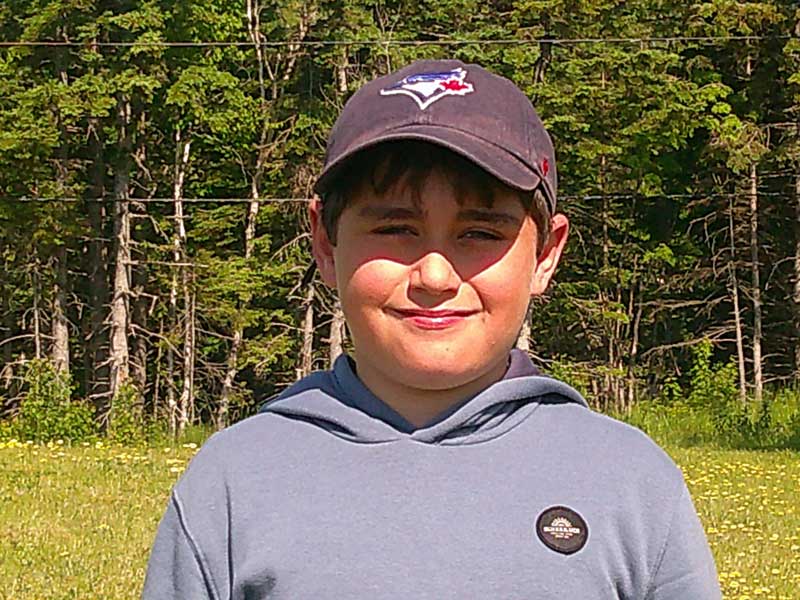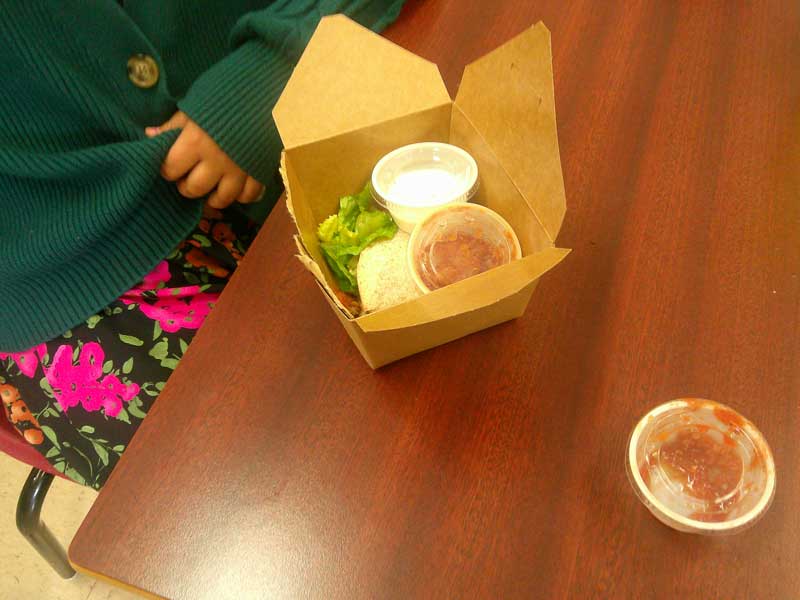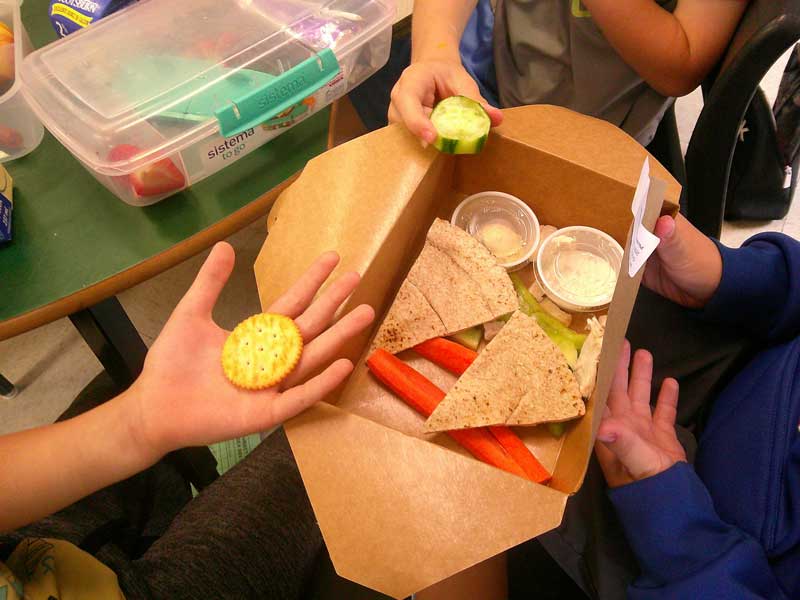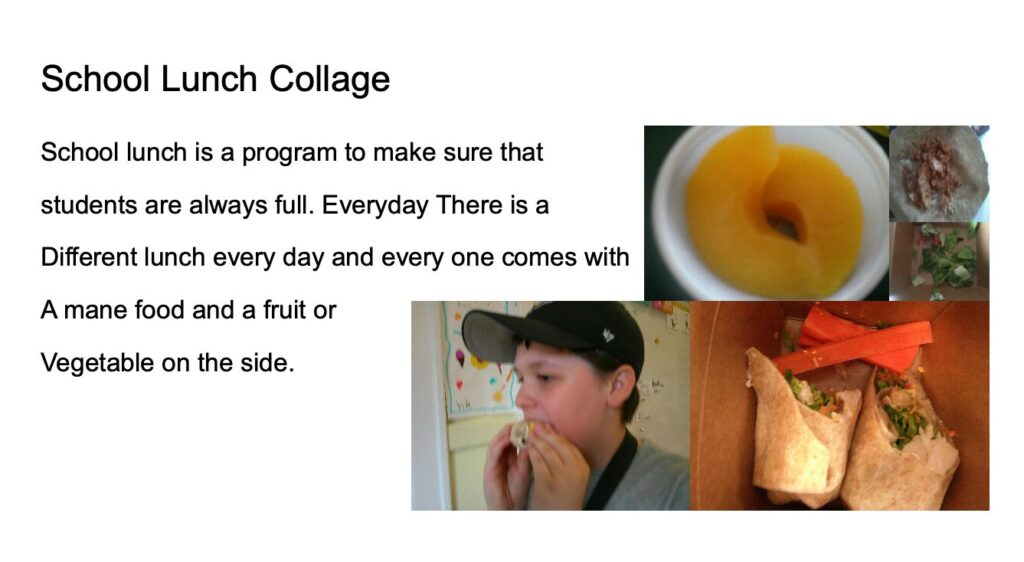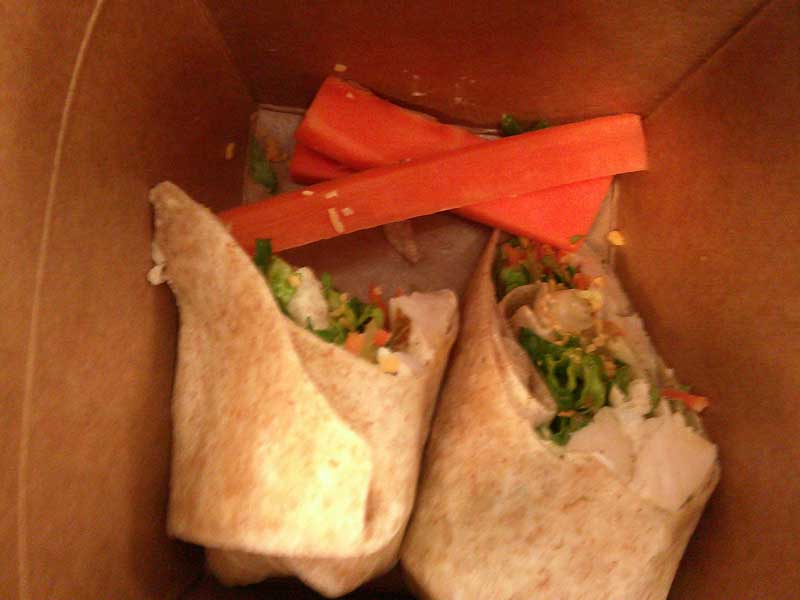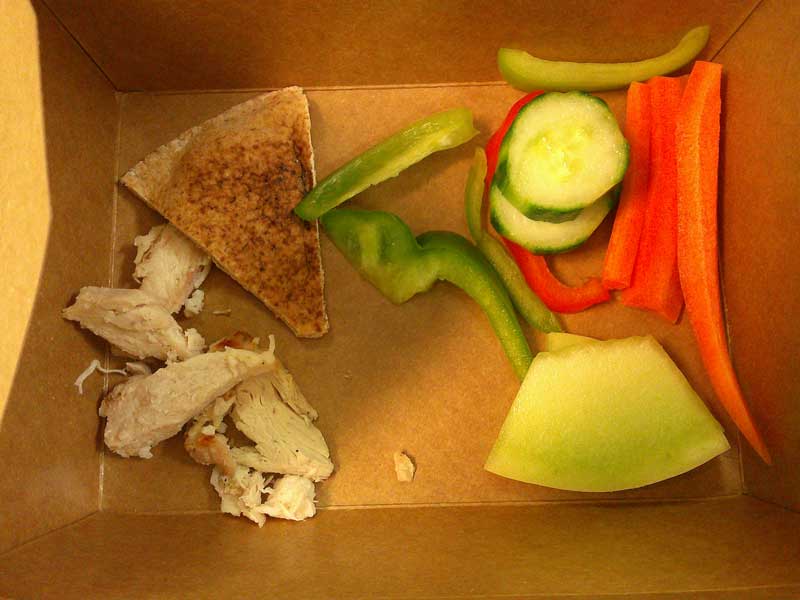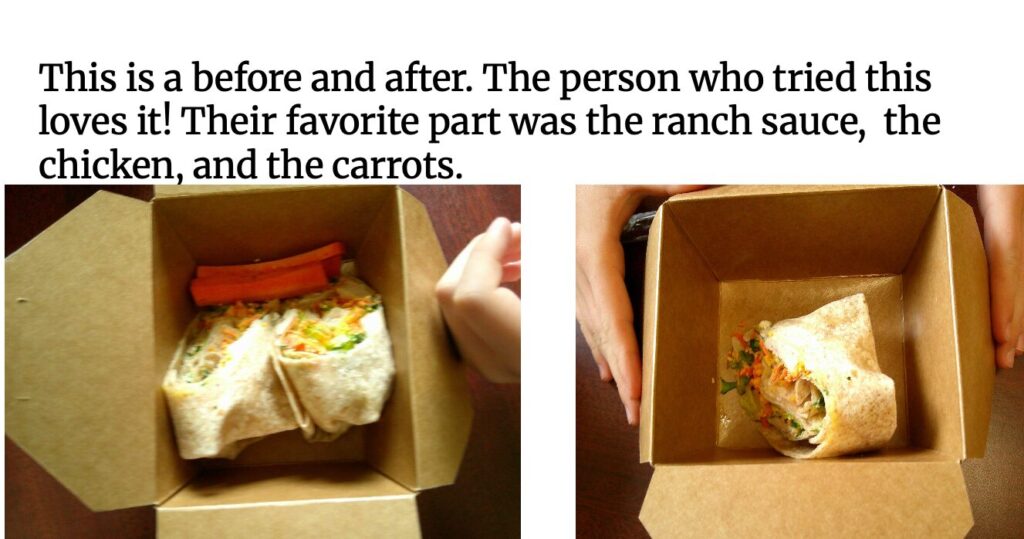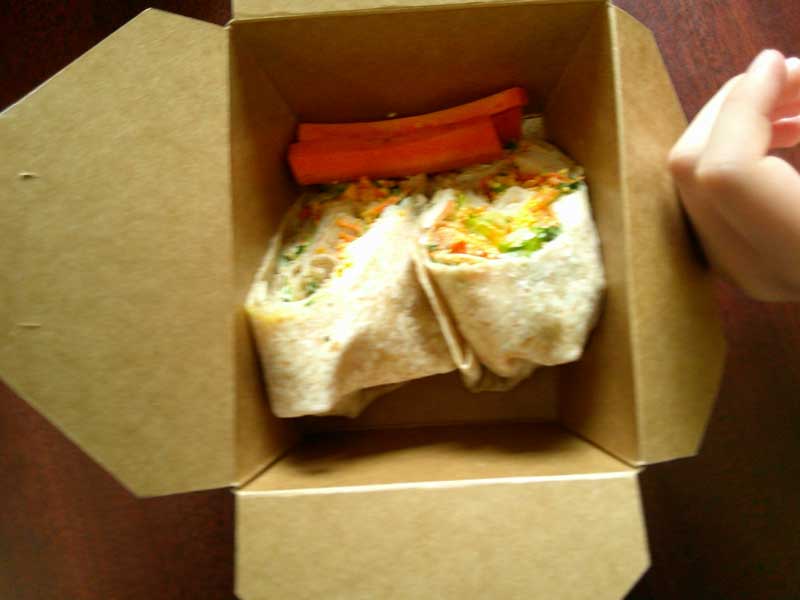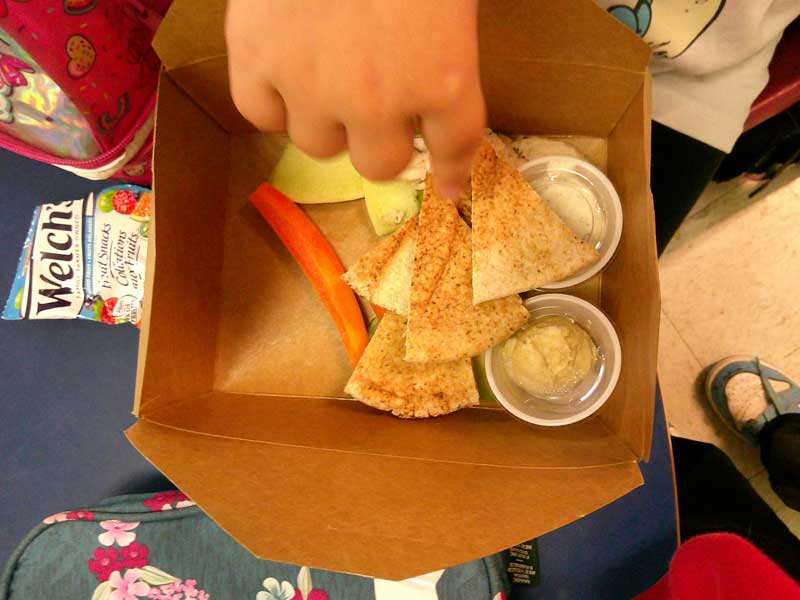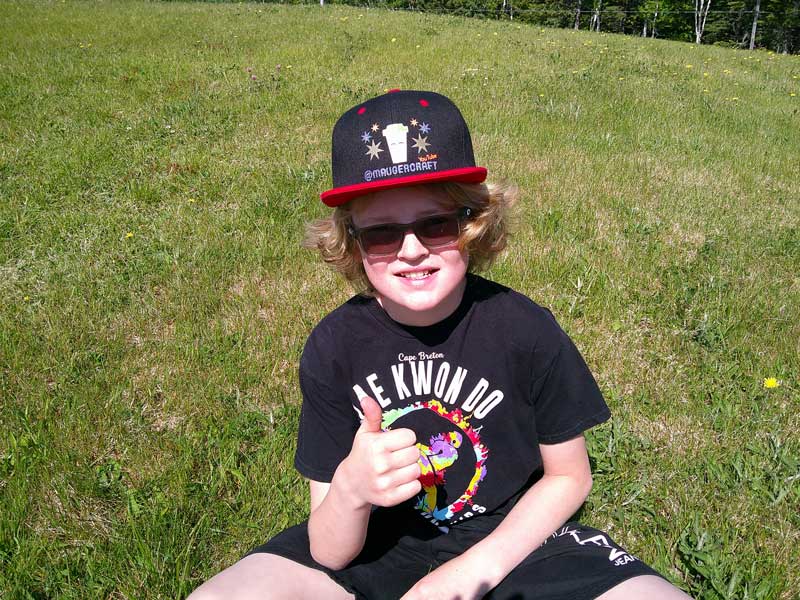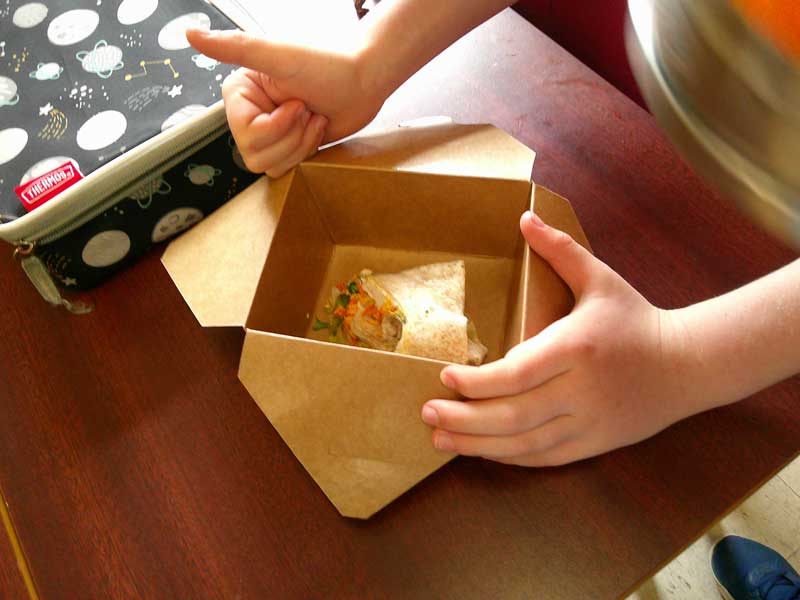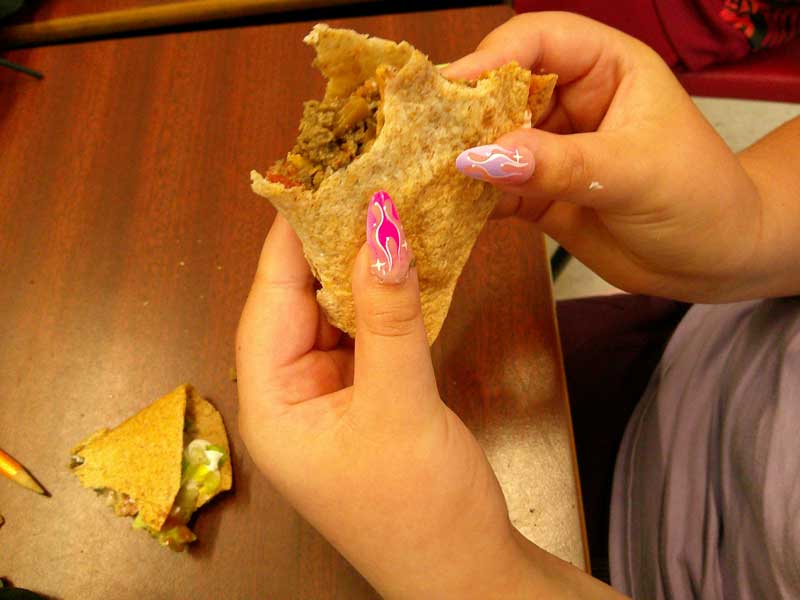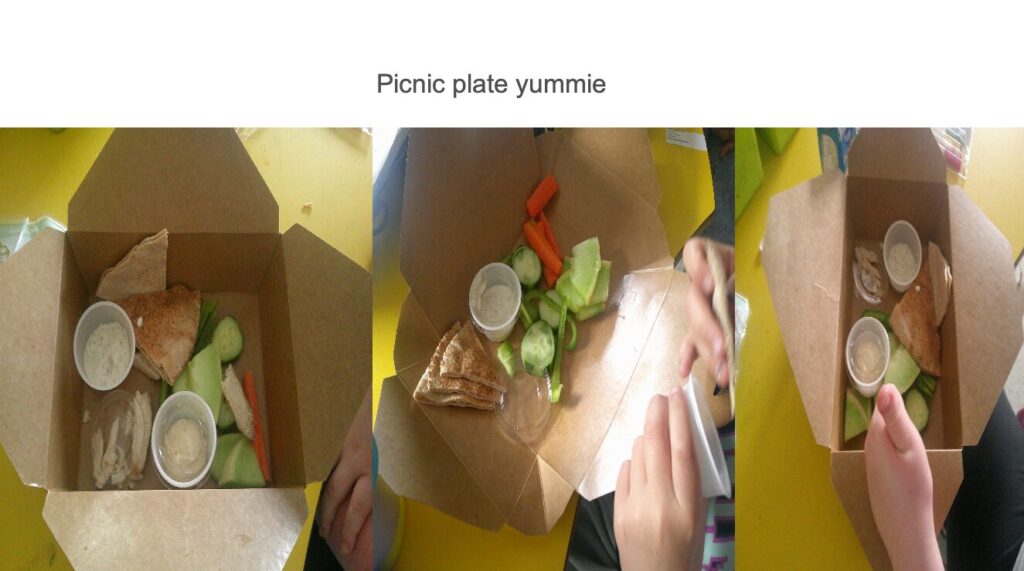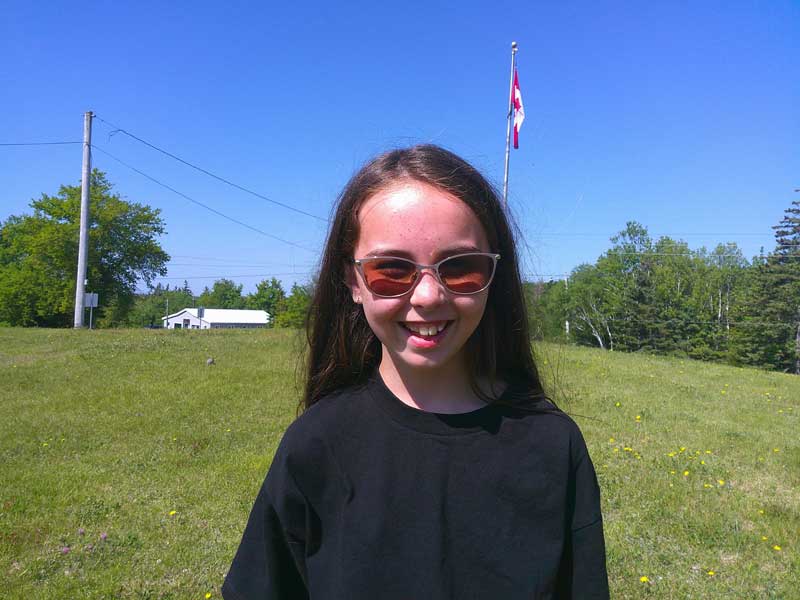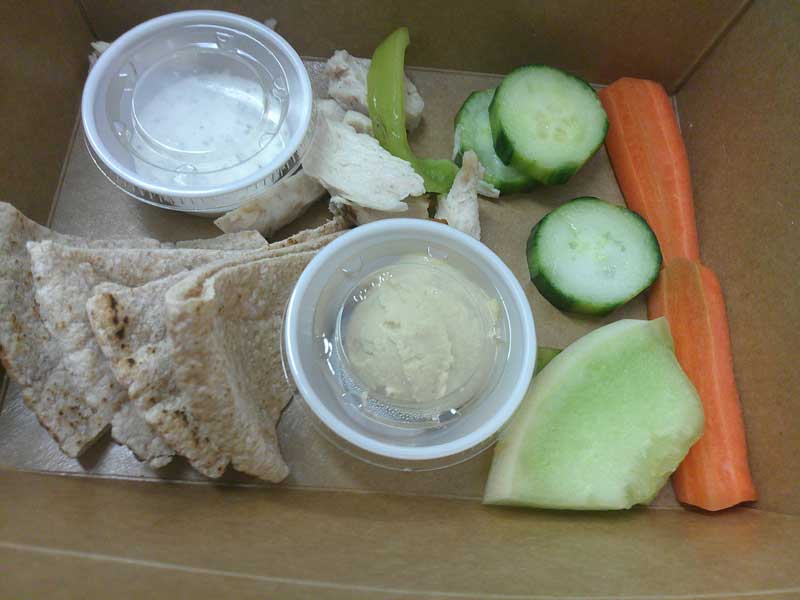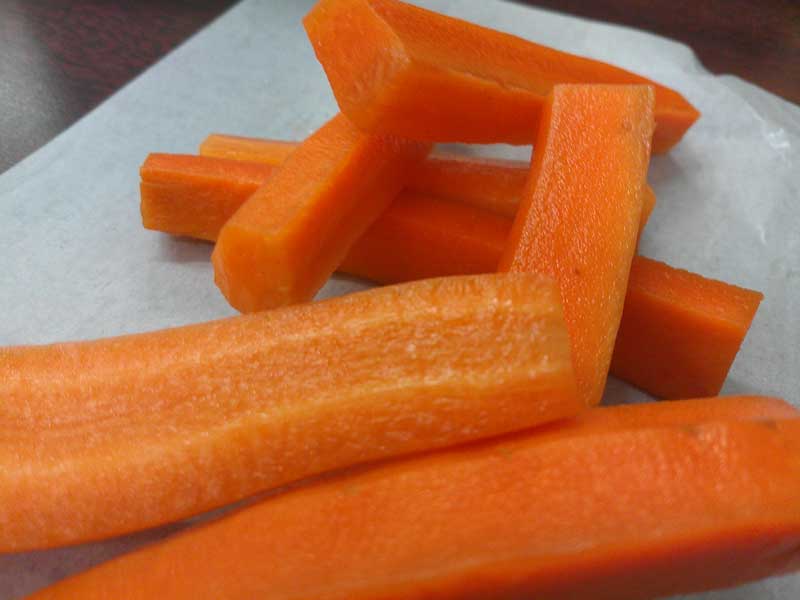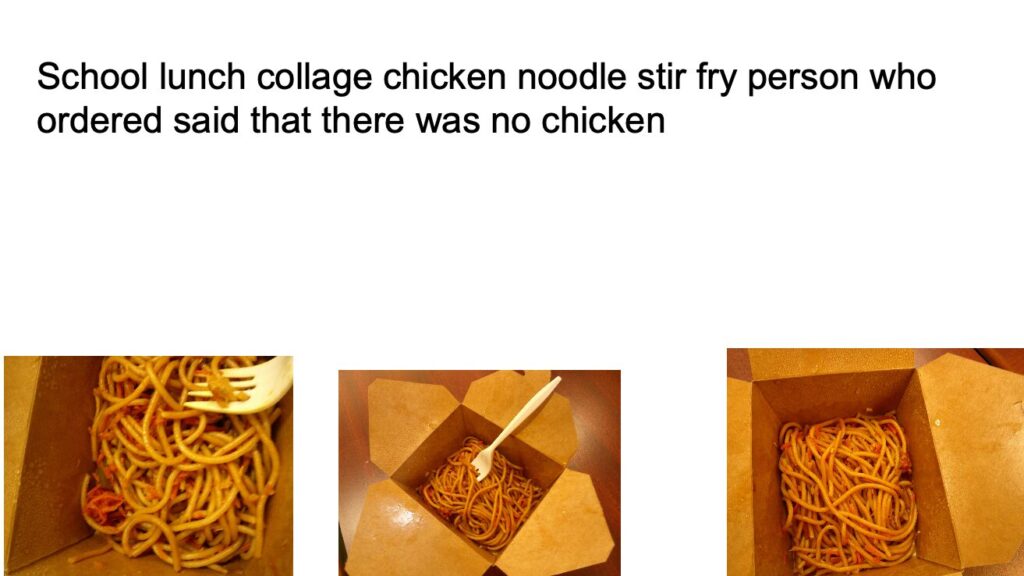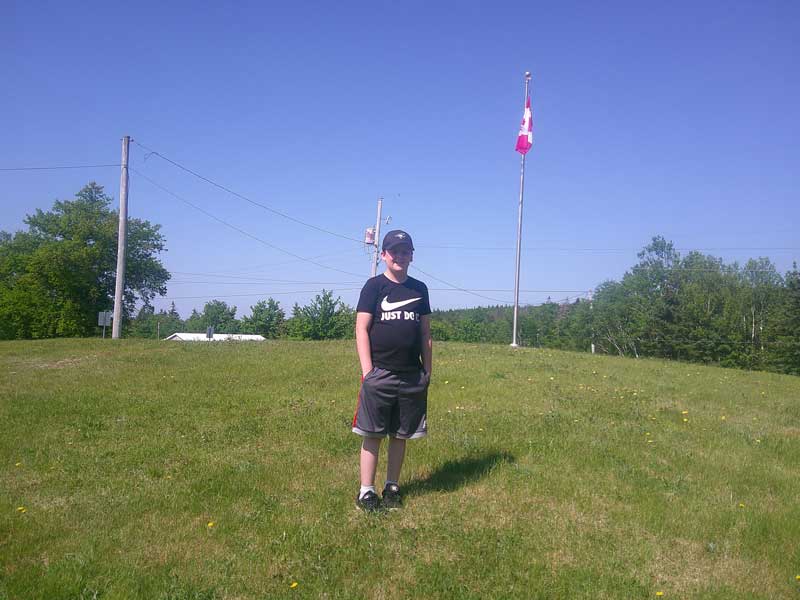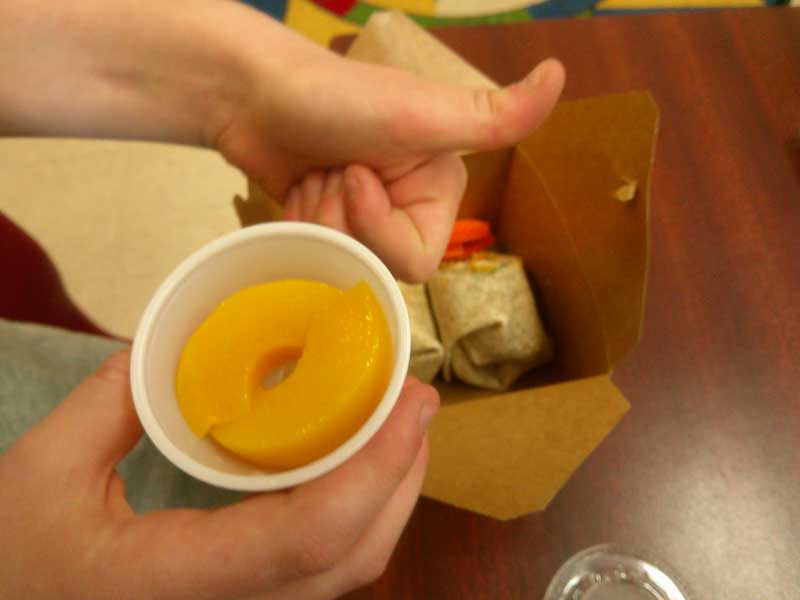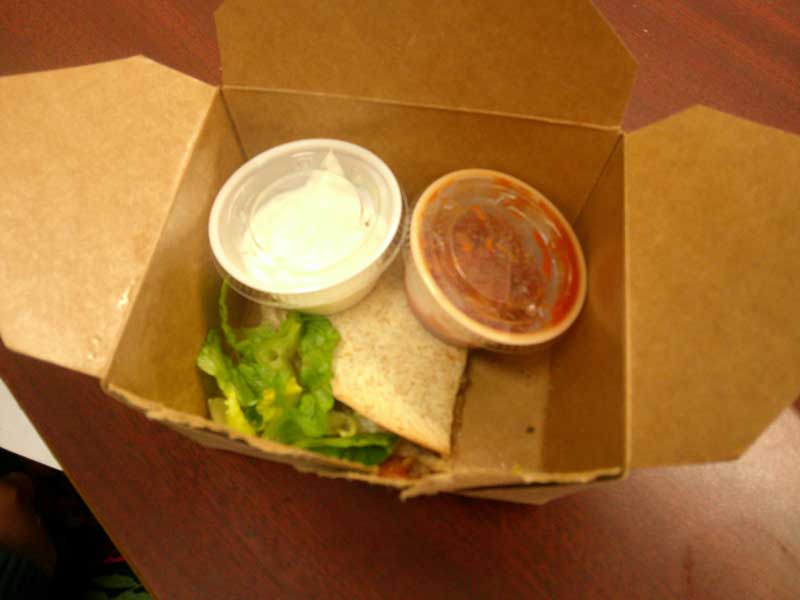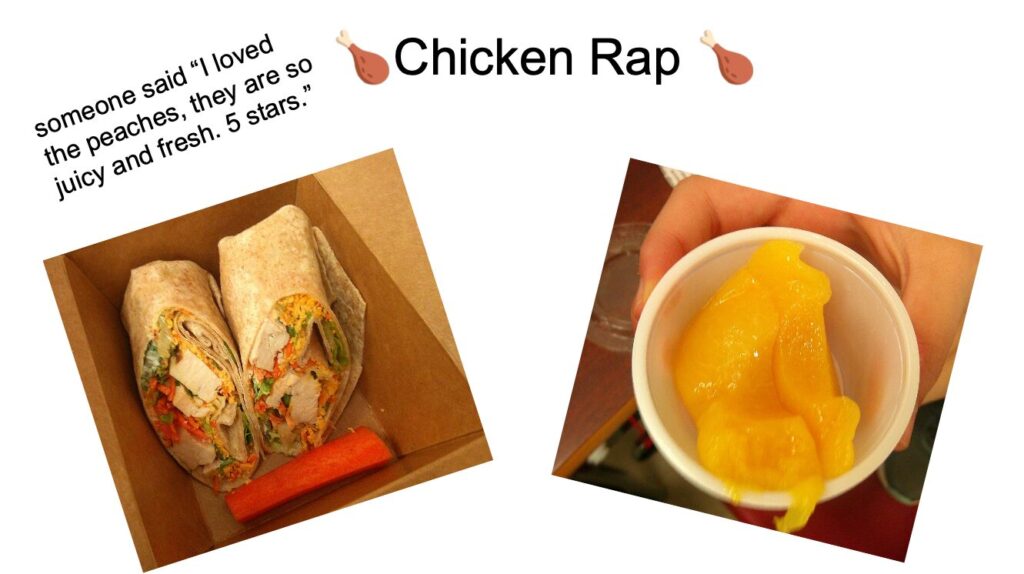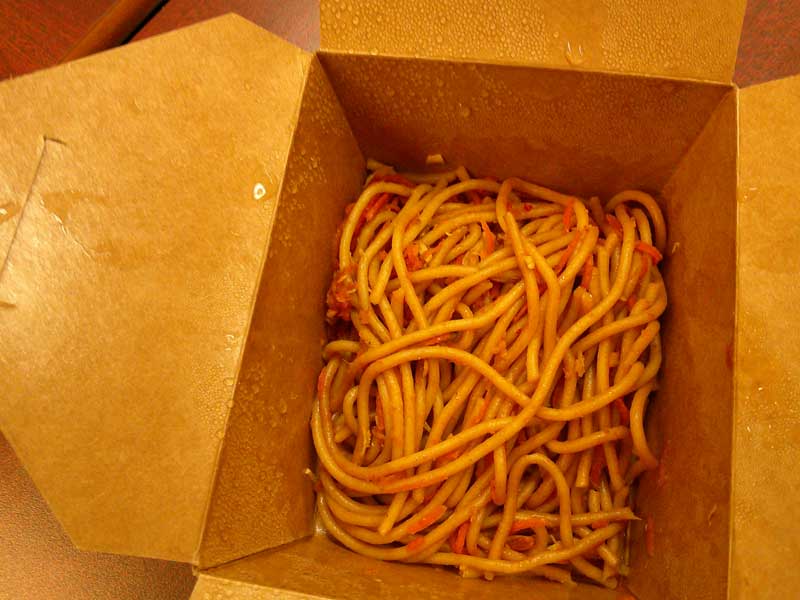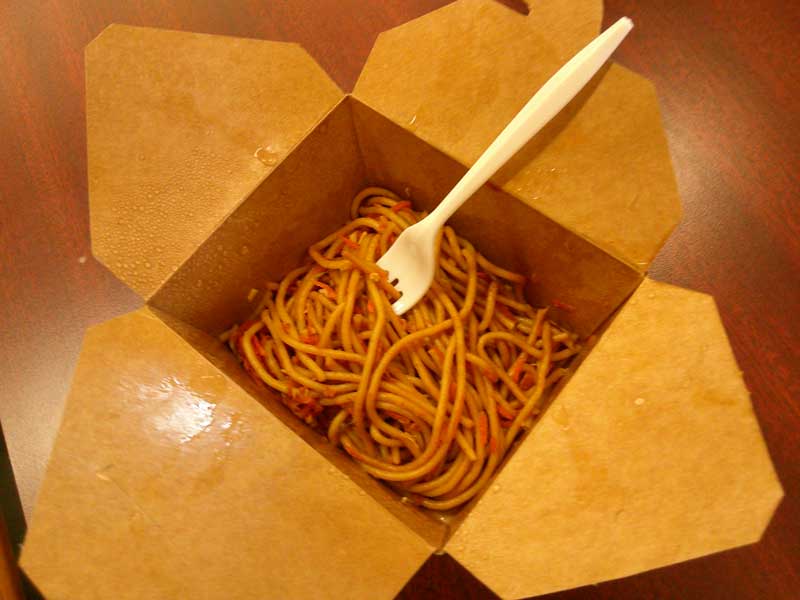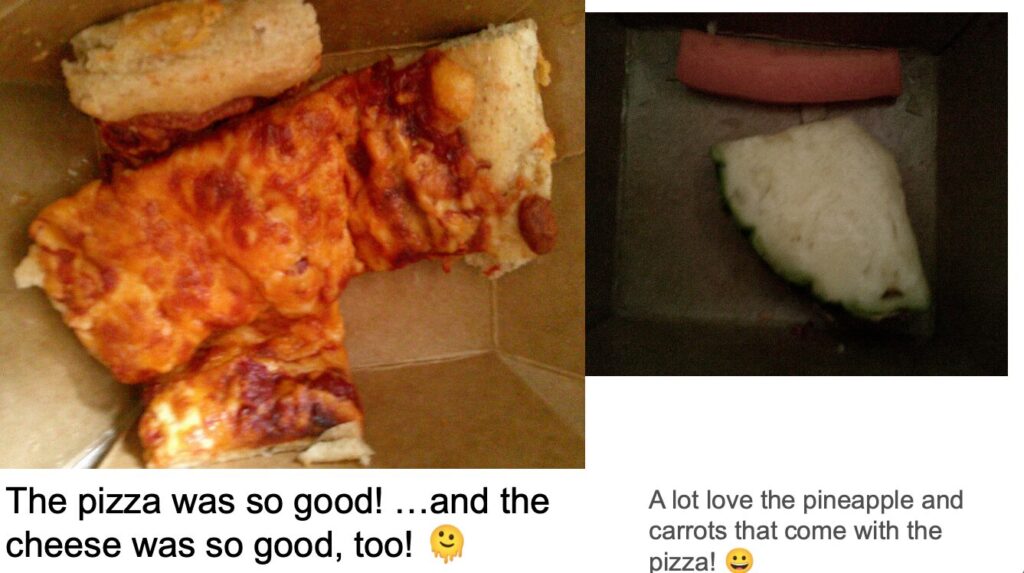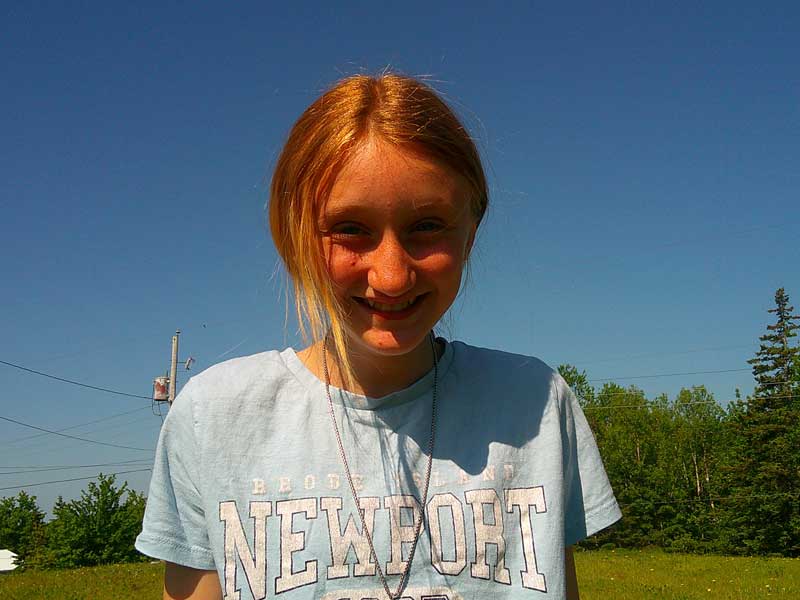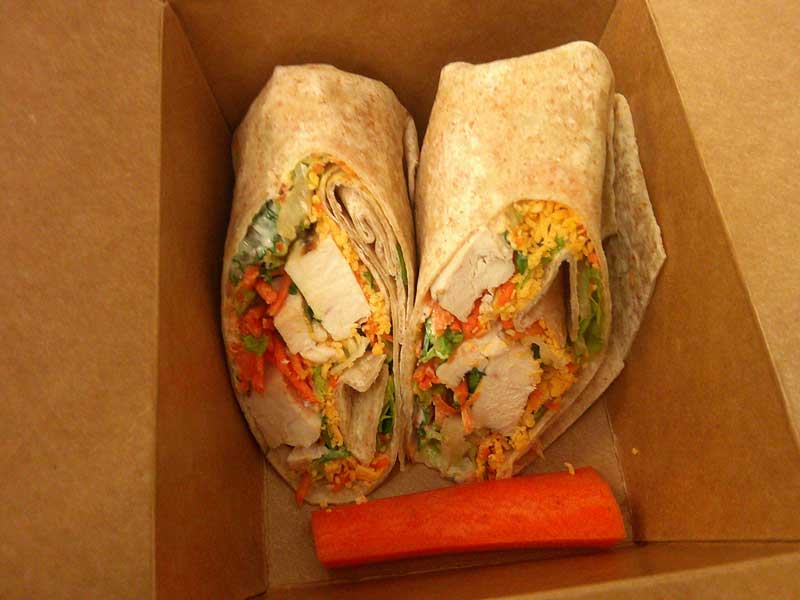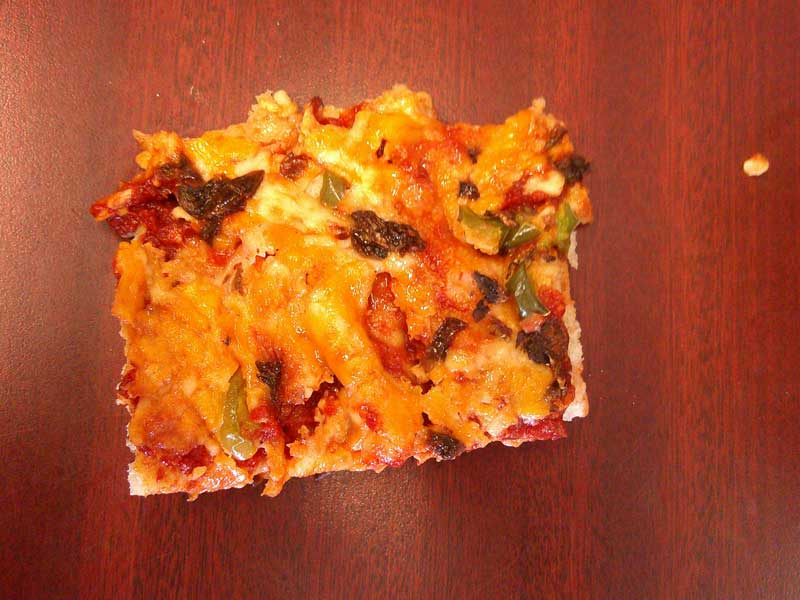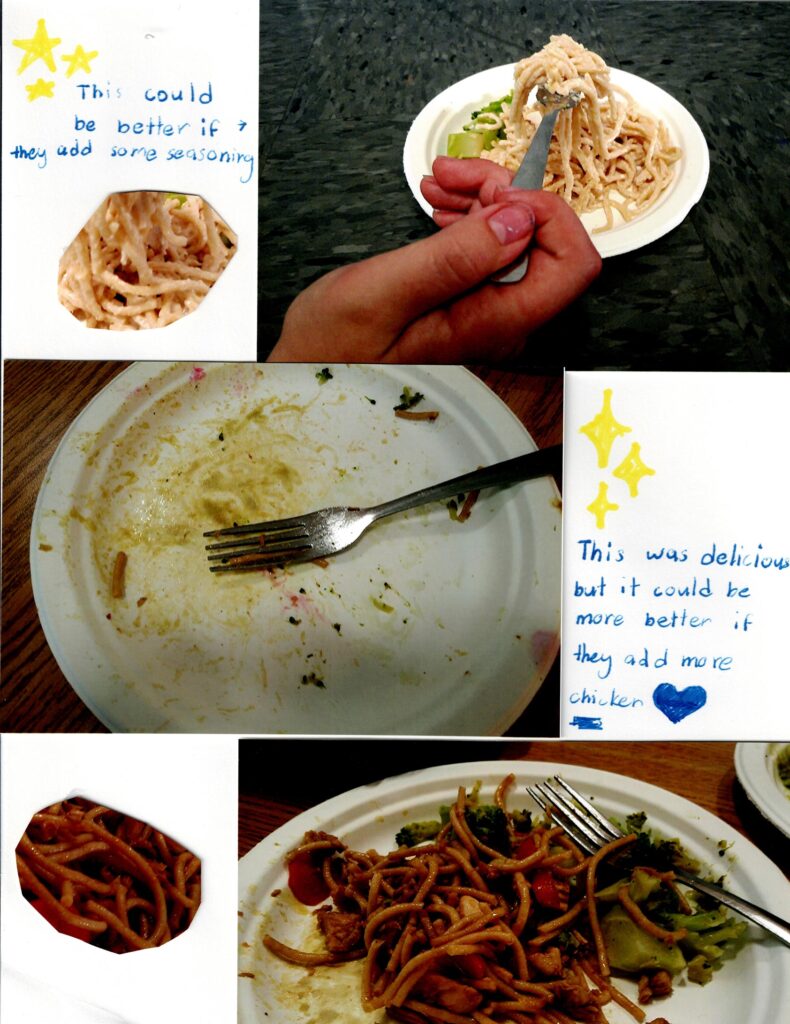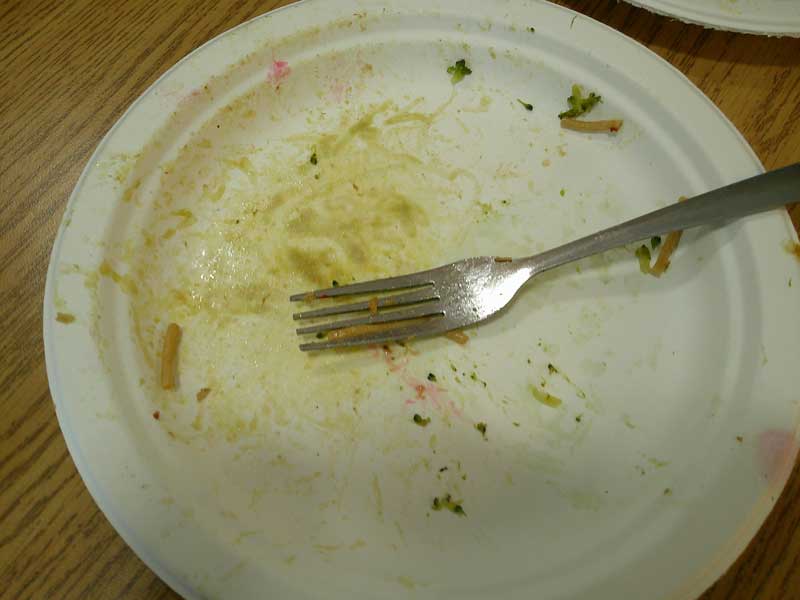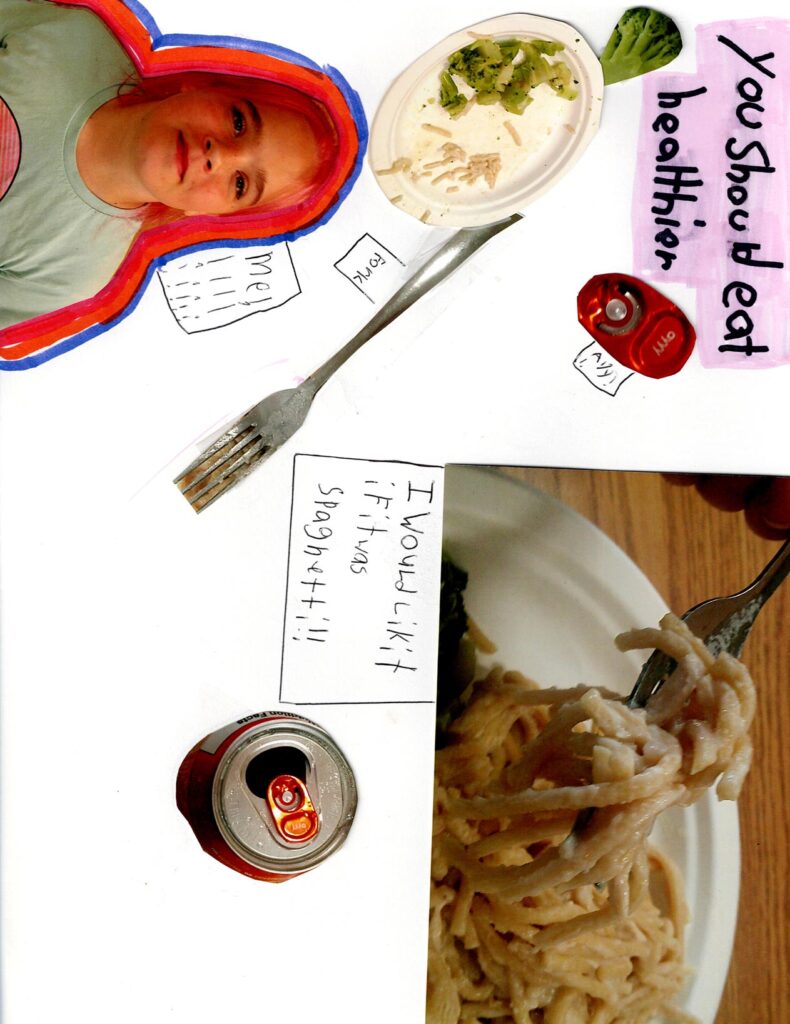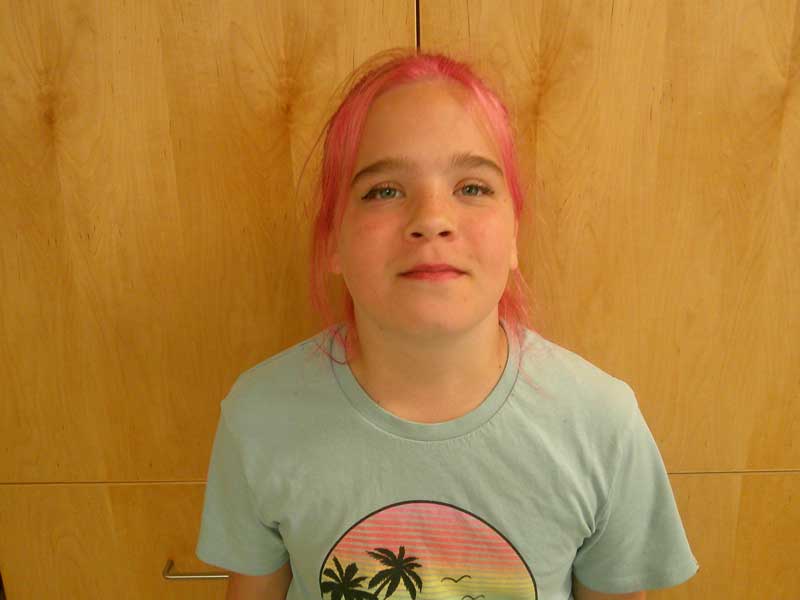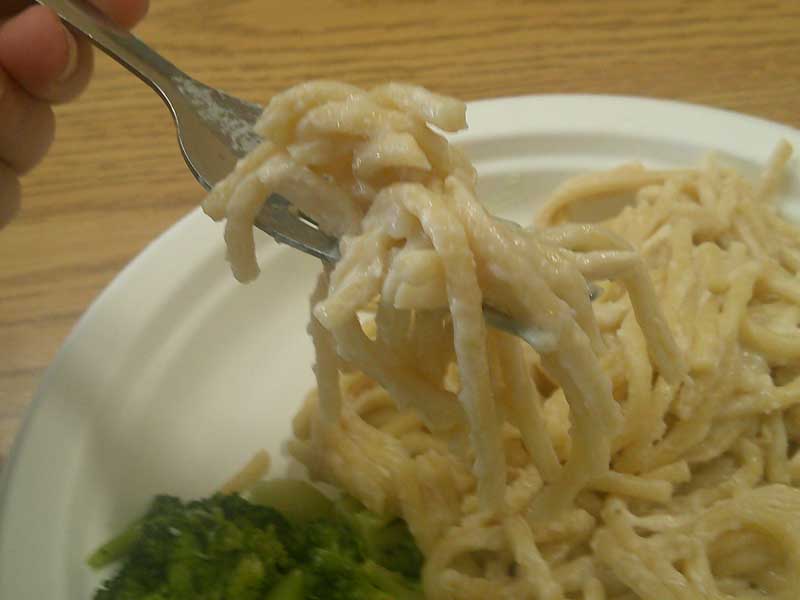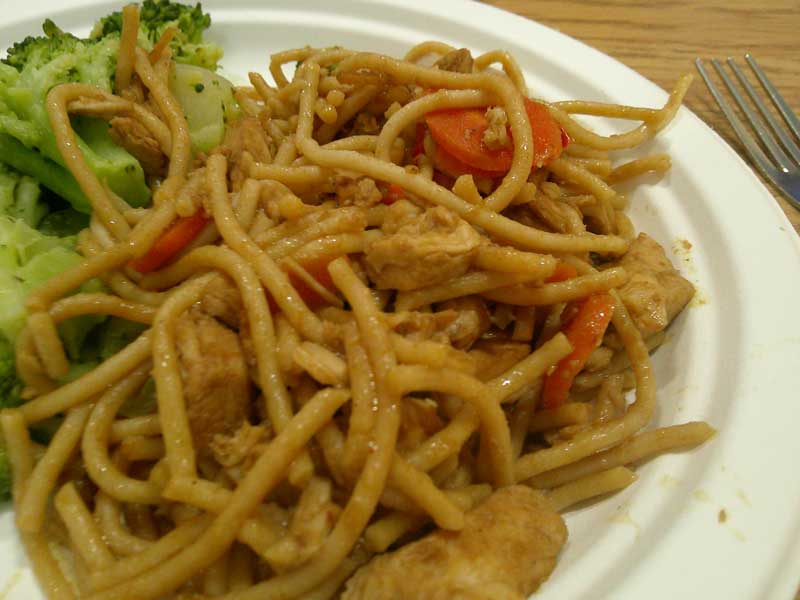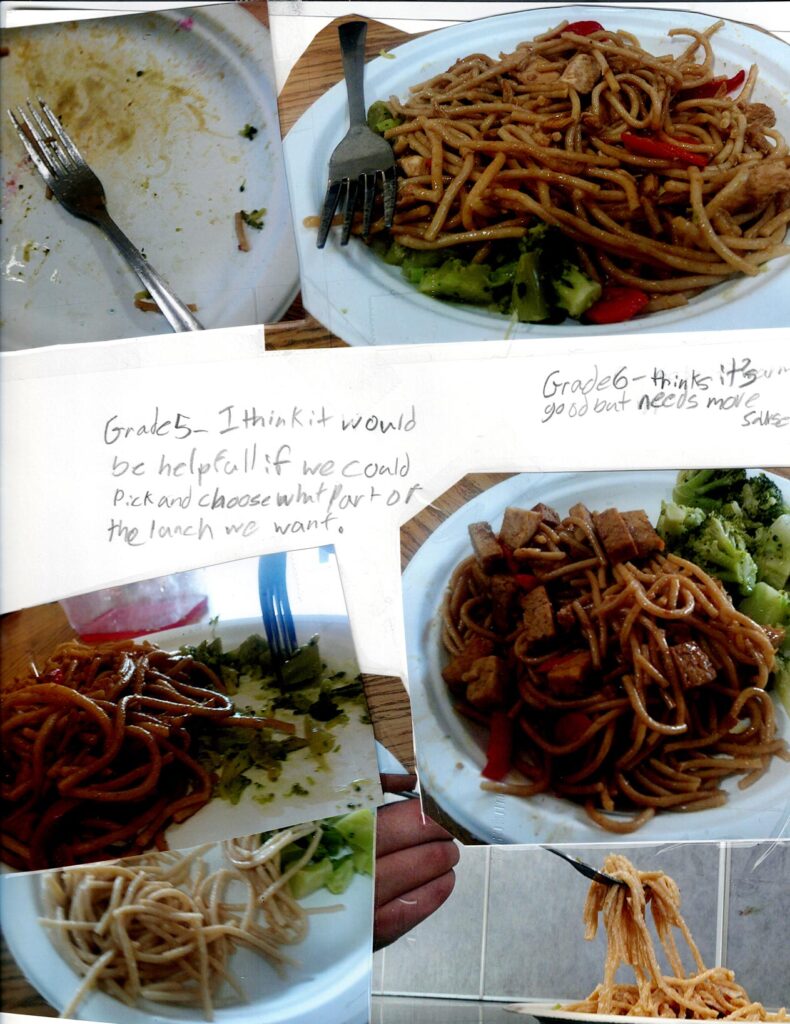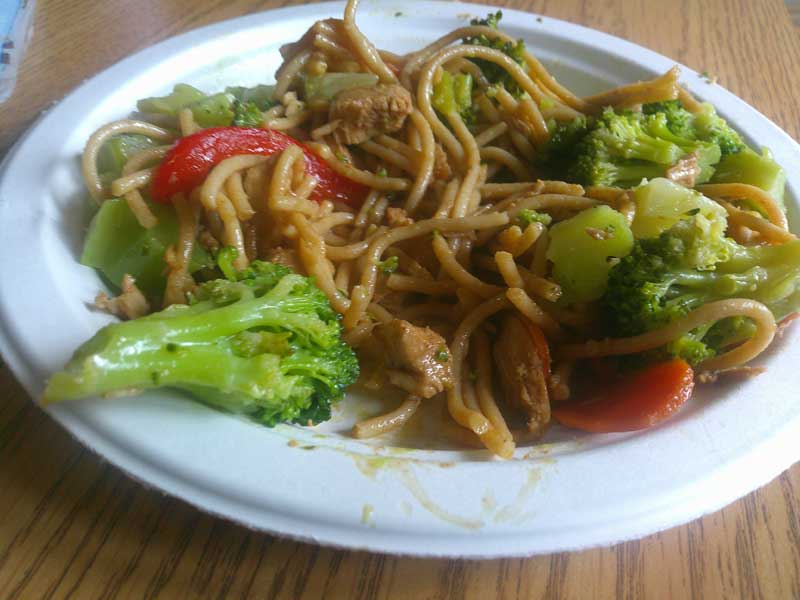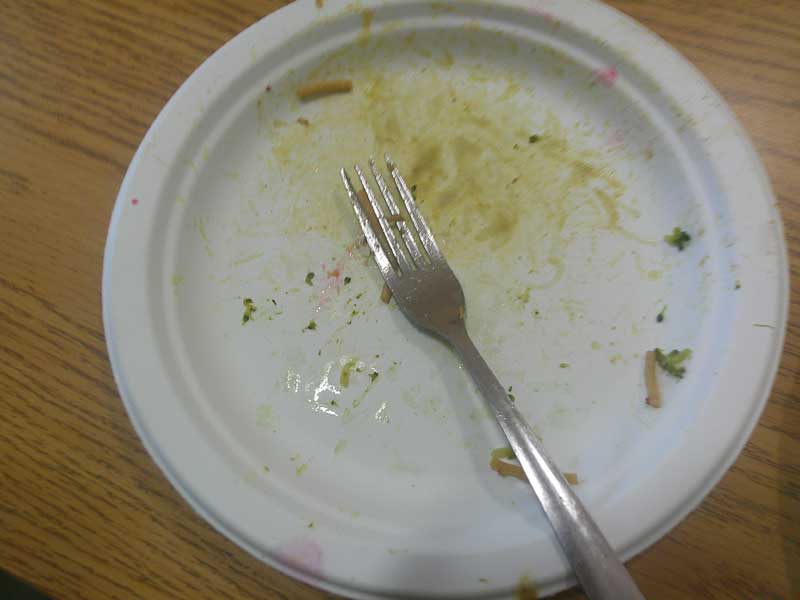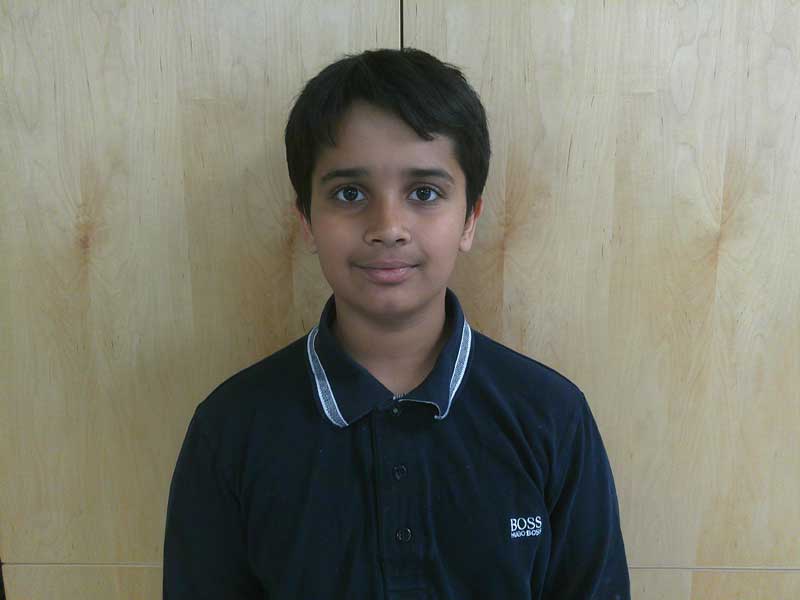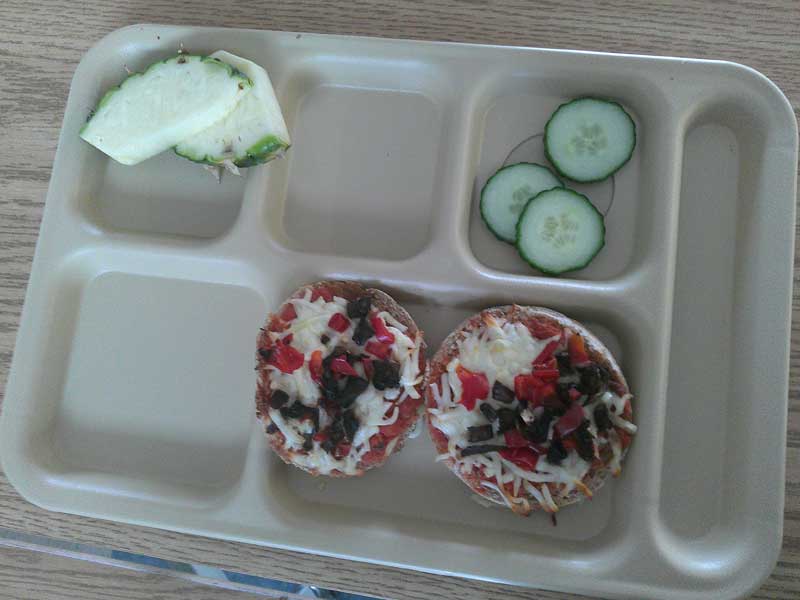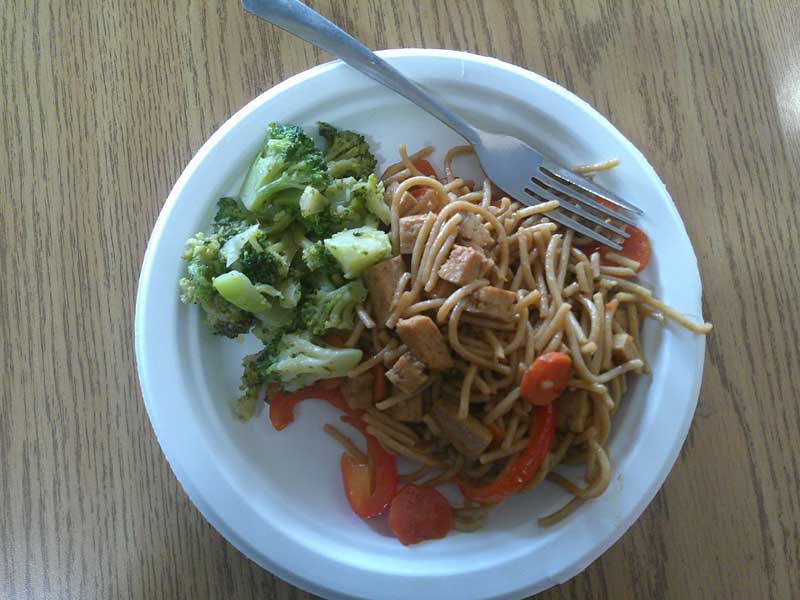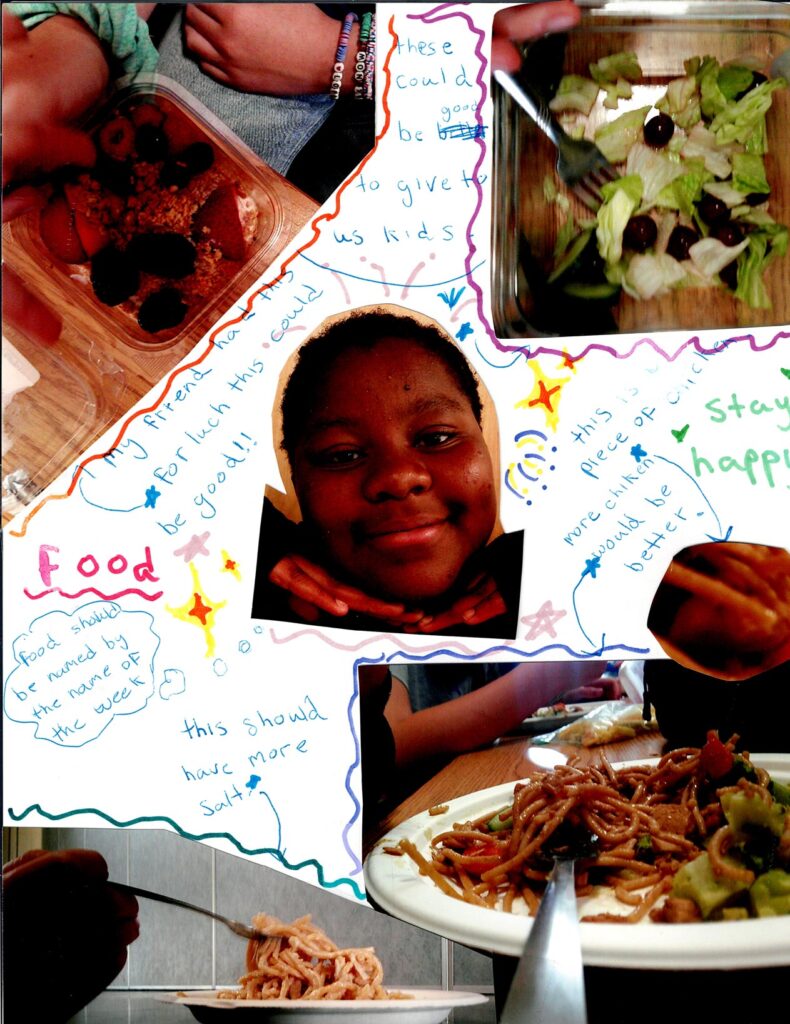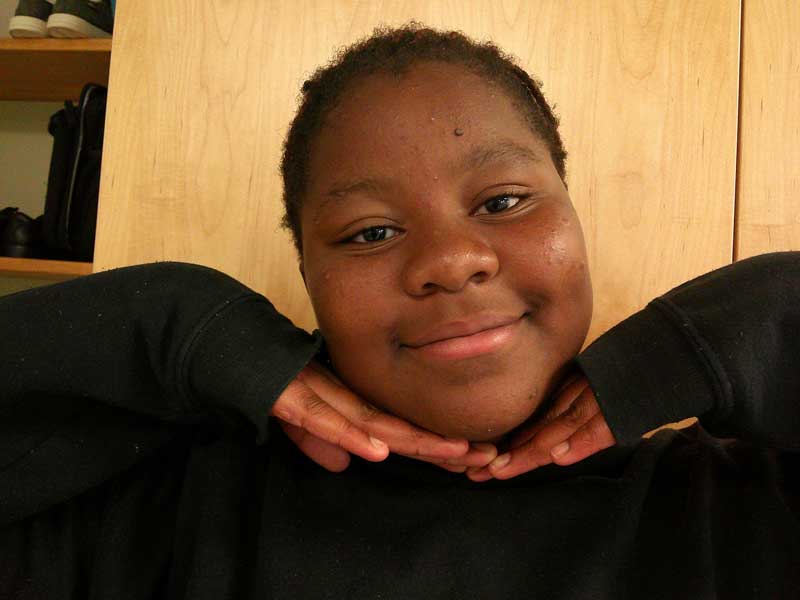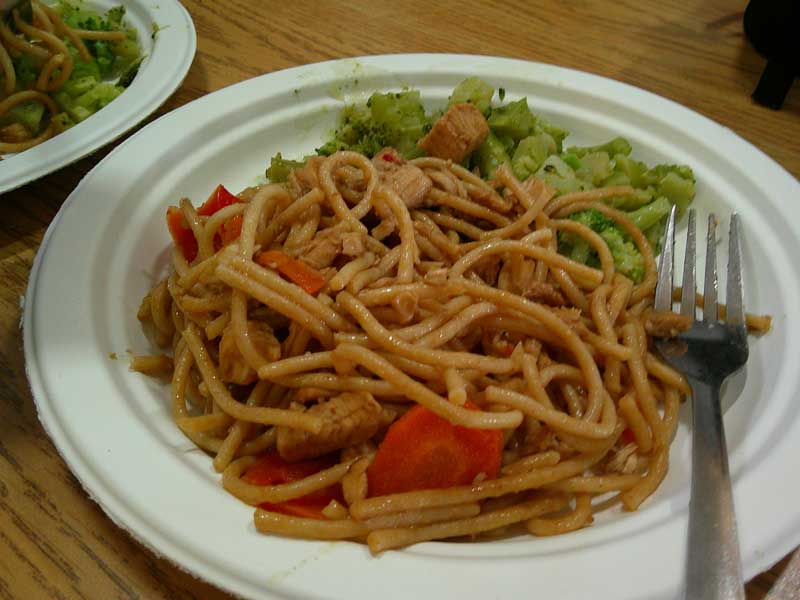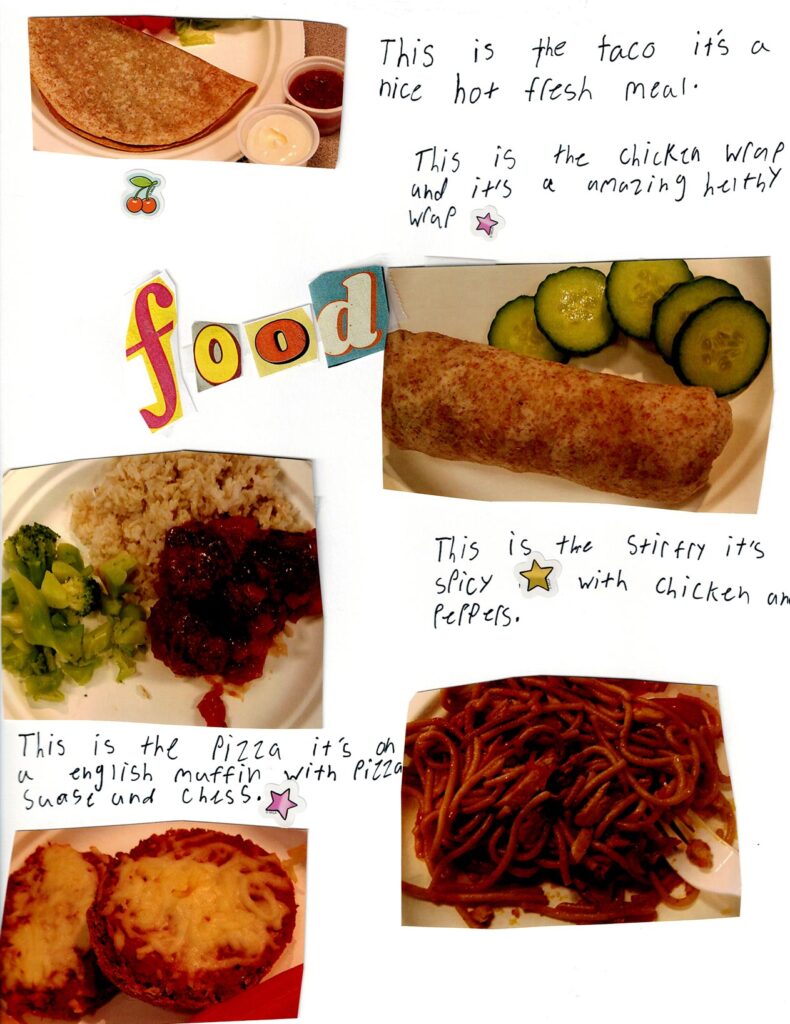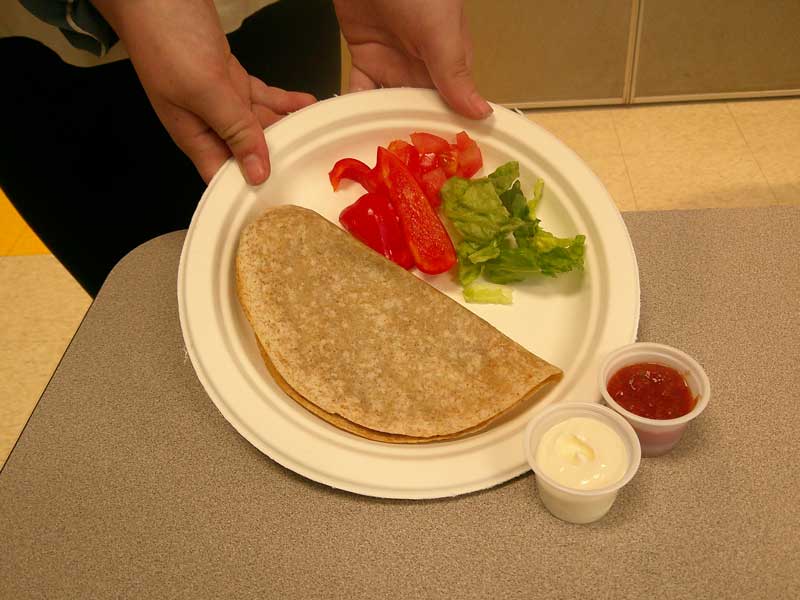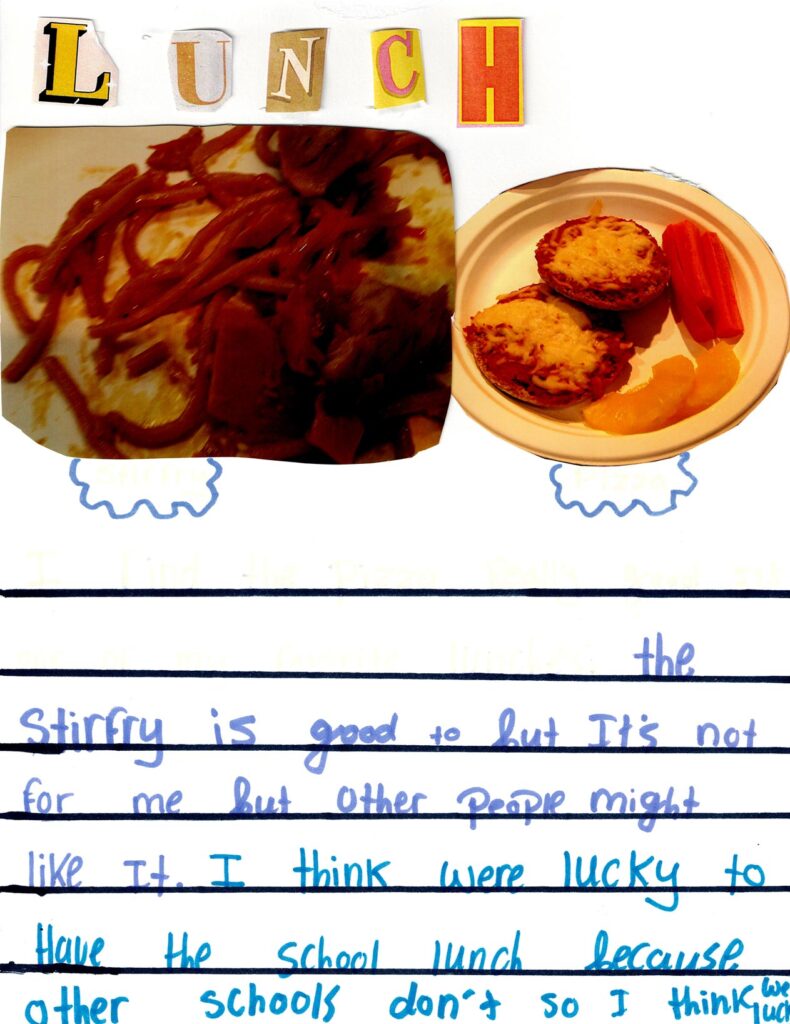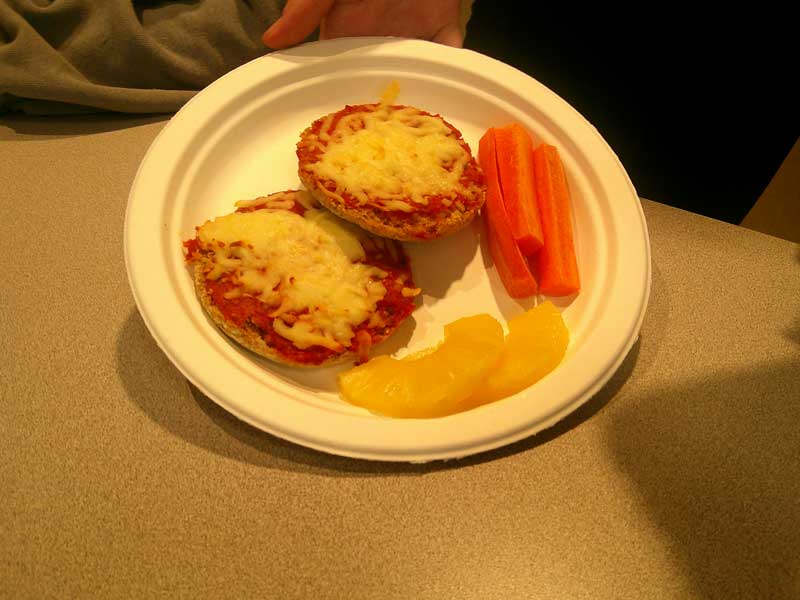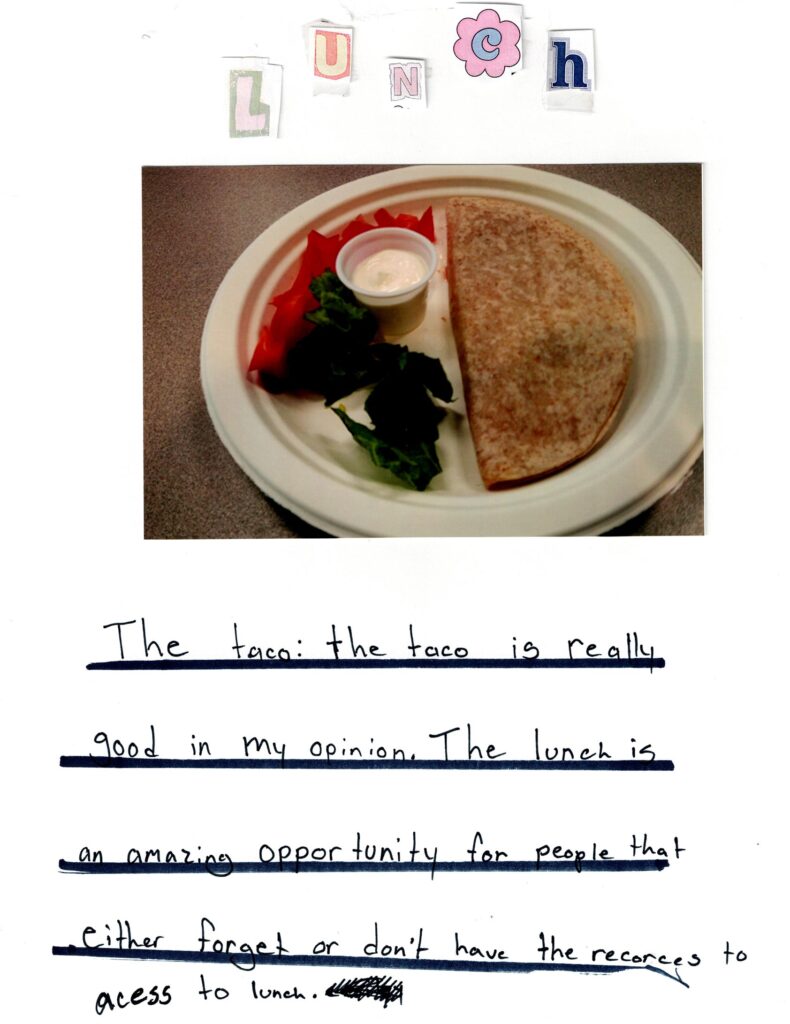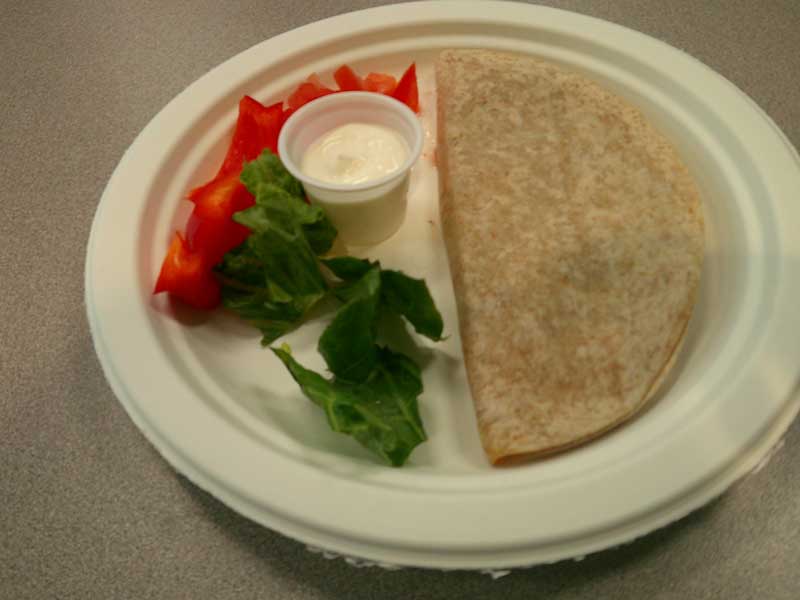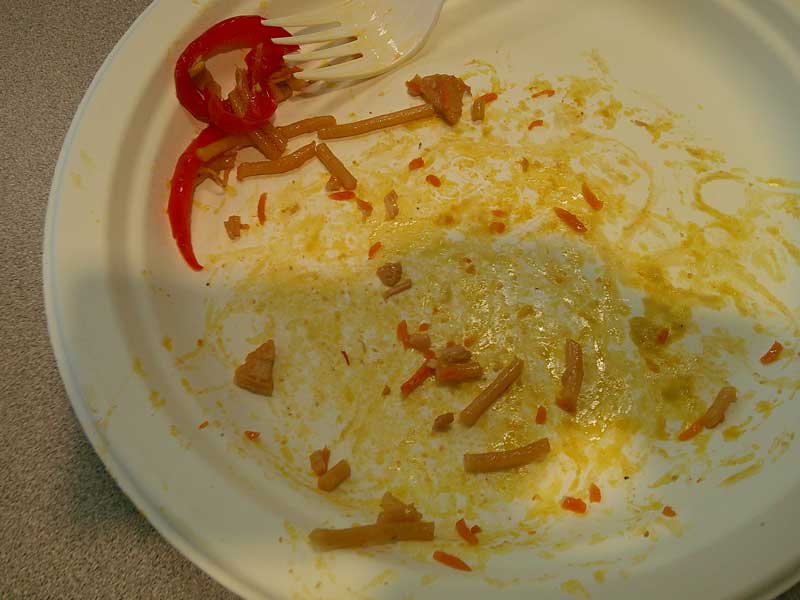Student Photovoice
Capturing student stories about the Nova Scotia School Lunch Program
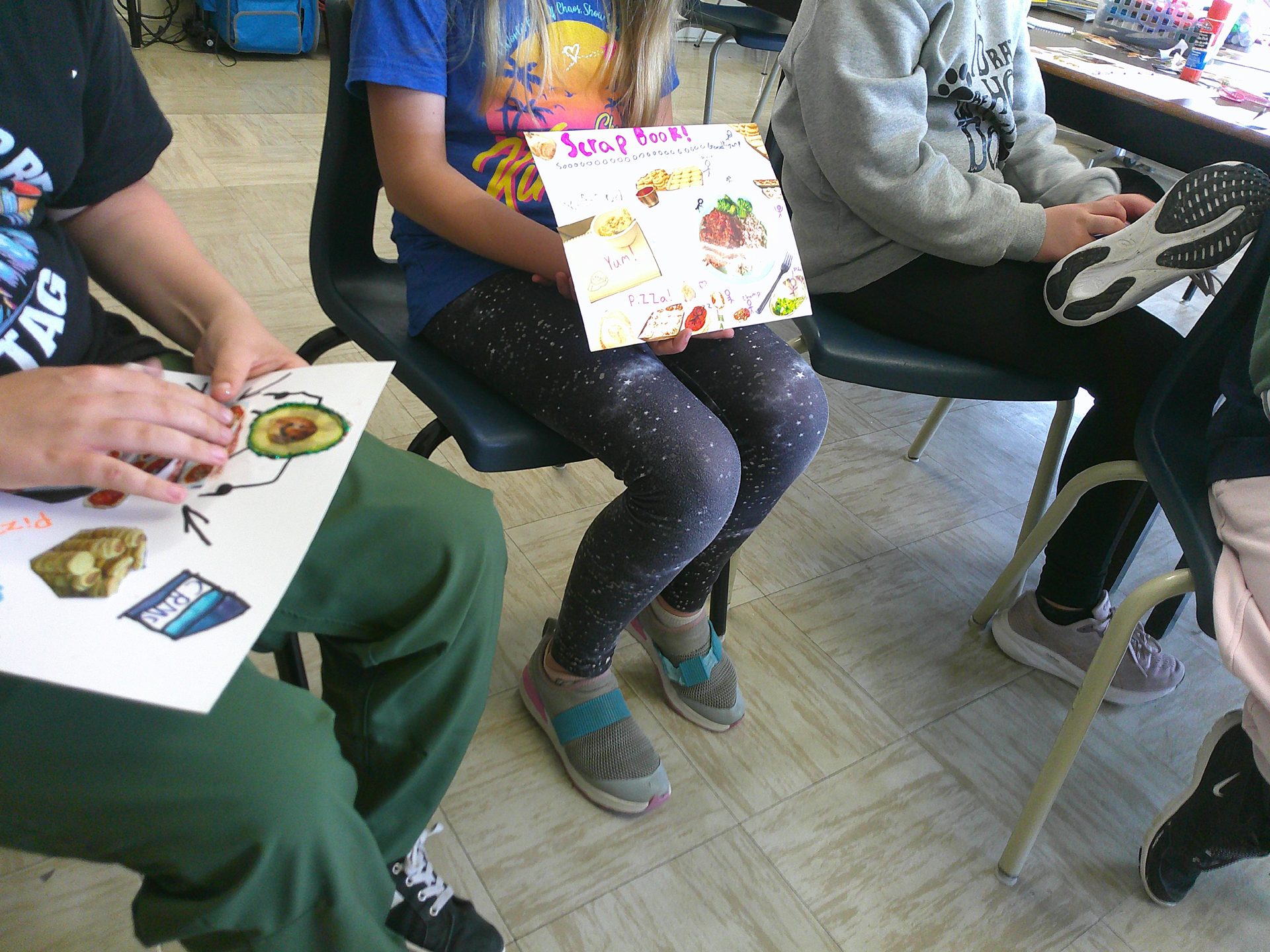
About the Project
Nourish Nova Scotia is engaging students from four schools across the province in a storytelling method called photovoice. Through this approach, students will use cameras to capture and share their perspectives on what matters most to them about the School Lunch Program.
“The kids loved it. We talked about the project as them being photojournalists. Asked them to capture not just what they thought, but what others thought.”
School Food Photovoice at a Glance
What Students Had to Say About the School Lunch Program
As part of the photovoice project, students shared thoughtful, creative, and honest feedback about their experiences with the School Lunch Program. Many students said they felt proud to be part of the process—some even surveyed their classmates to include a wider range of voices!
Meal Reviews:
Students gave candid reviews of the meals, much like restaurant critics. They shared what they liked, what could be better, and how certain meals might be improved. Their feedback was balanced—some meals were hits, others had room for improvement, but no single dish stood out as a universal favorite or least favorite.
Flavour, Texture, and Quality:
Students commented on the meals with specific details that they enjoyed or thought should be improved. They talked about seasoning, texture, portion sizes, and fresh fruits and vegetables. Even when they enjoyed a meal, they often had ideas for how it could be even better. Some feedback was specific to how meals were delivered at their school—like the texture of certain items or the packaging used.
Desire to Choose and Customize:
A common theme that was shared by students was a desire to make choices about the meal. This included the desire to adjust salt, spice, and flavor to suit their tastes. Some even suggested a buffet-style setup so they could pick what and how much they eat.
Beyond the Plate:
Through their photos and discussions, students also explored broader themes—like preparing lunch, trying new foods, food waste, and what happens when lunch isn’t available. They also reflected on how the program benefits them and their classmates

